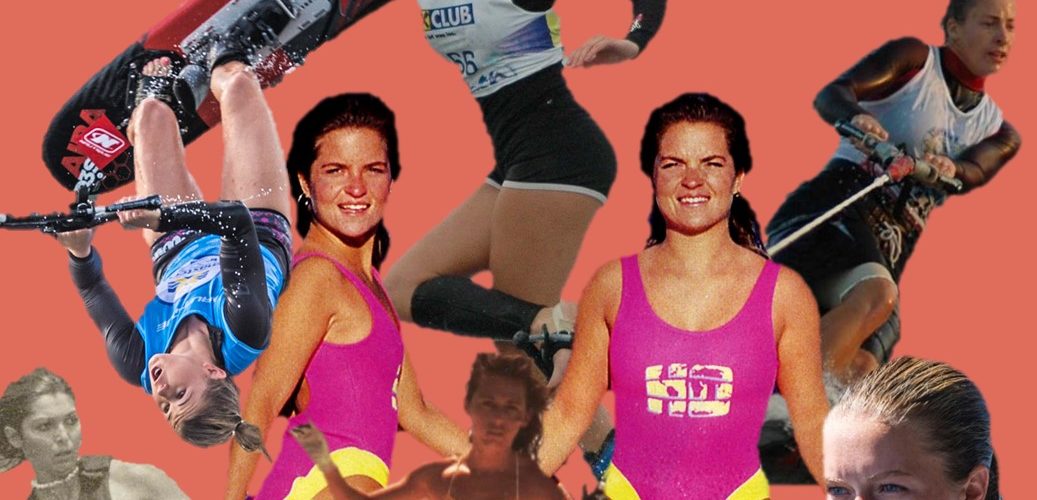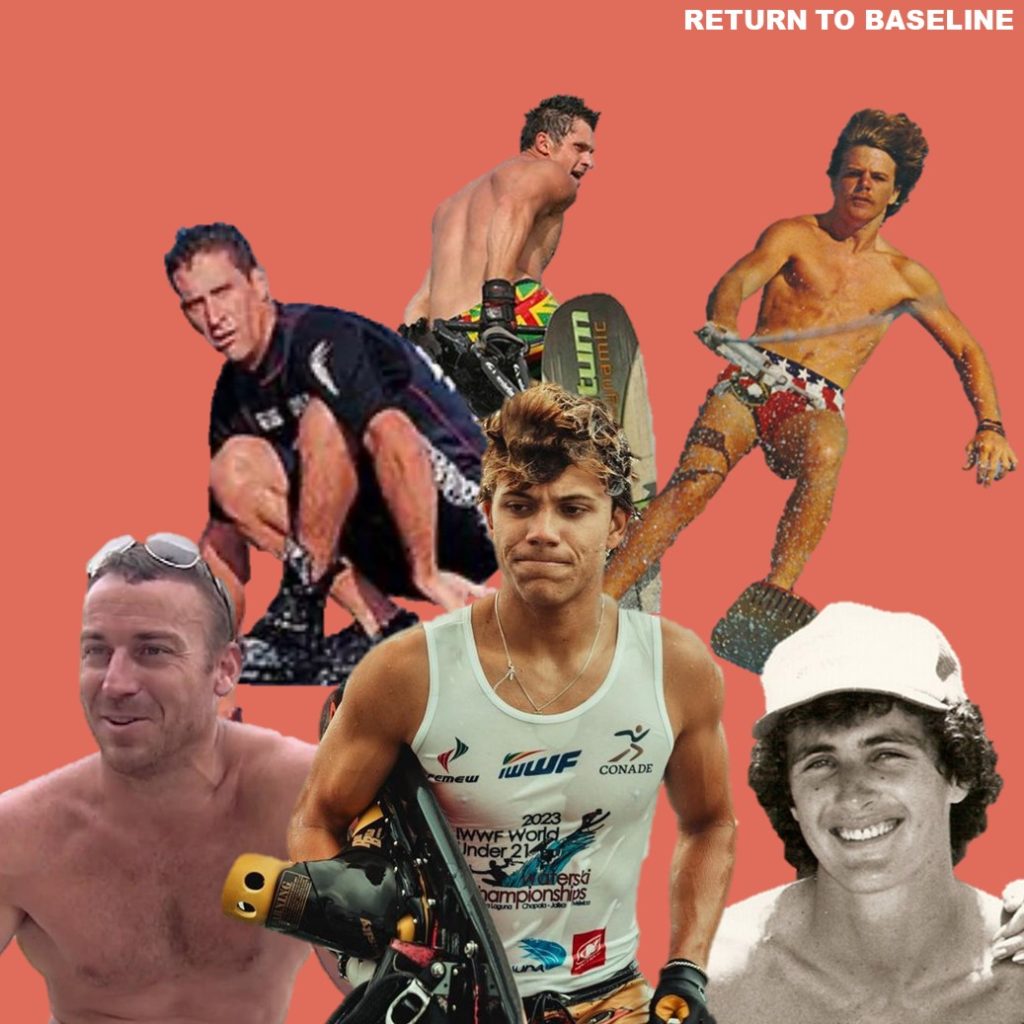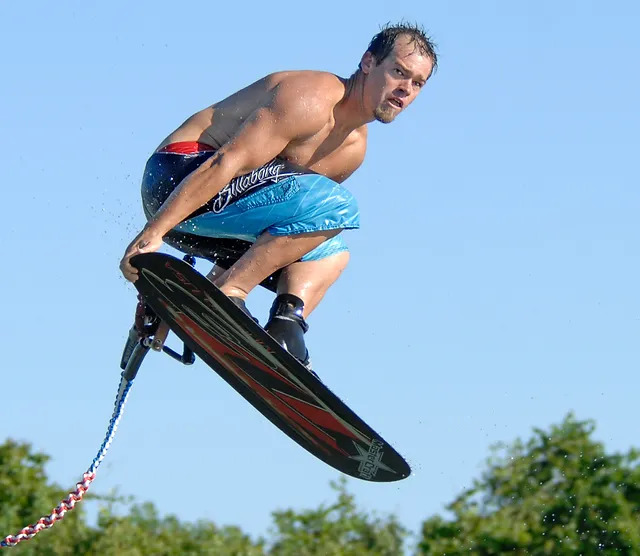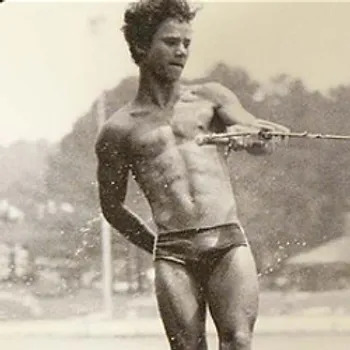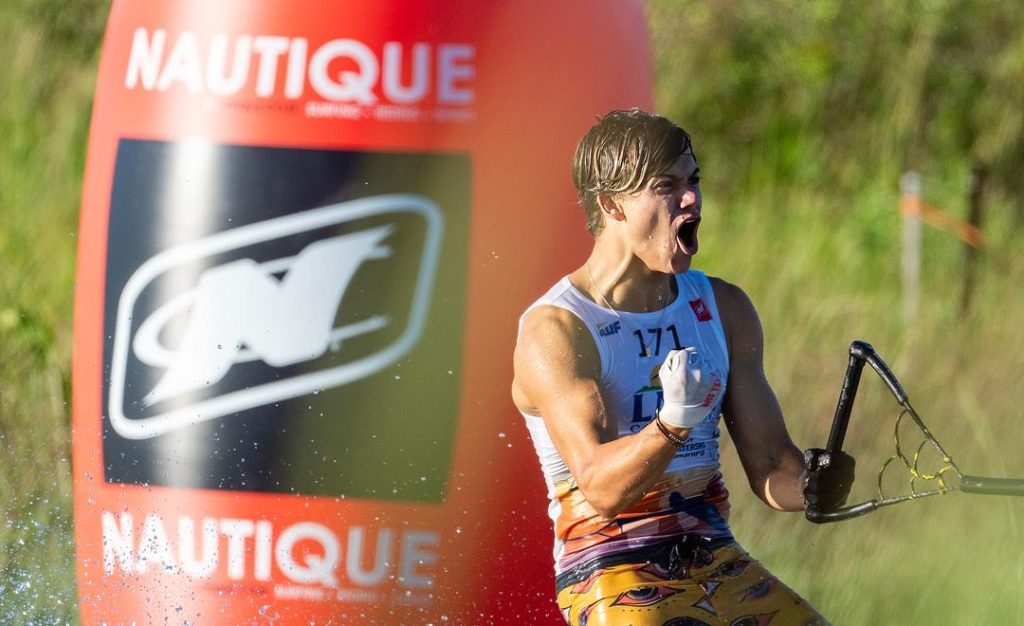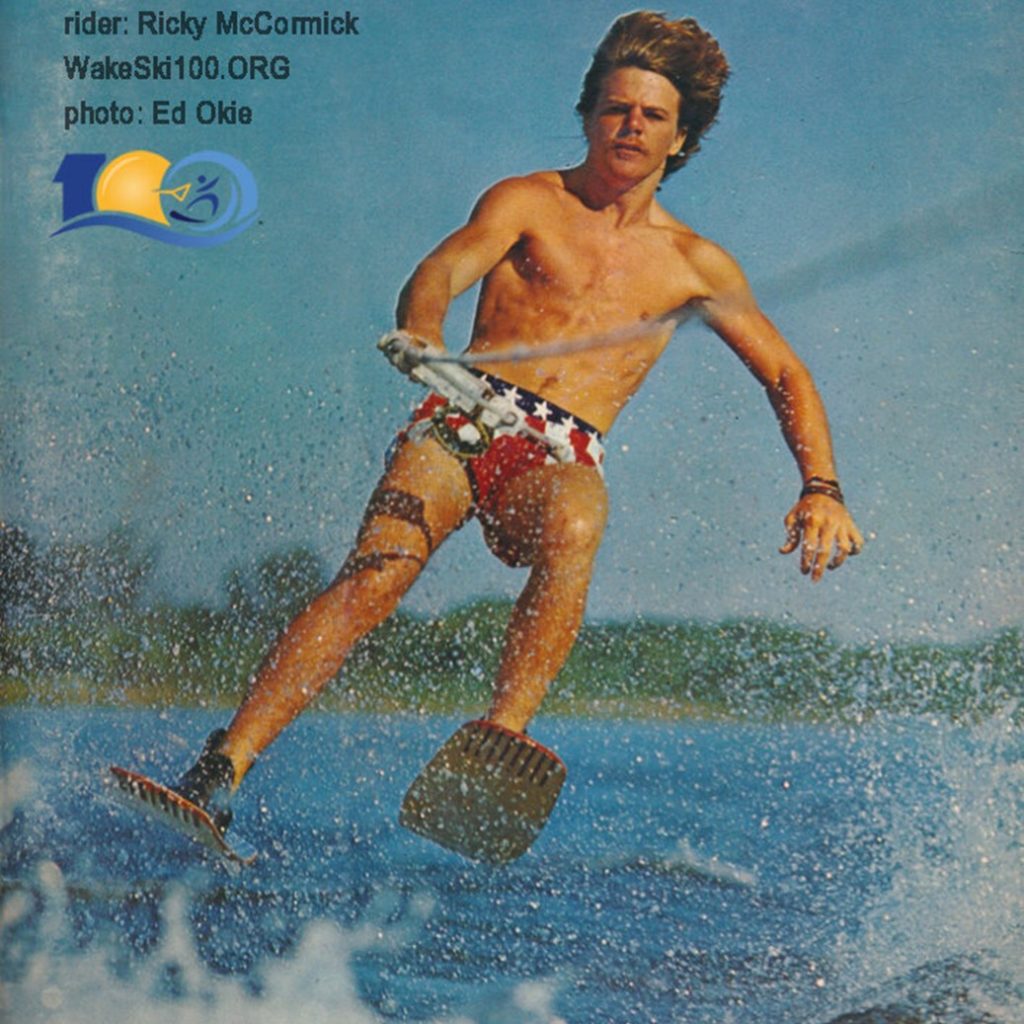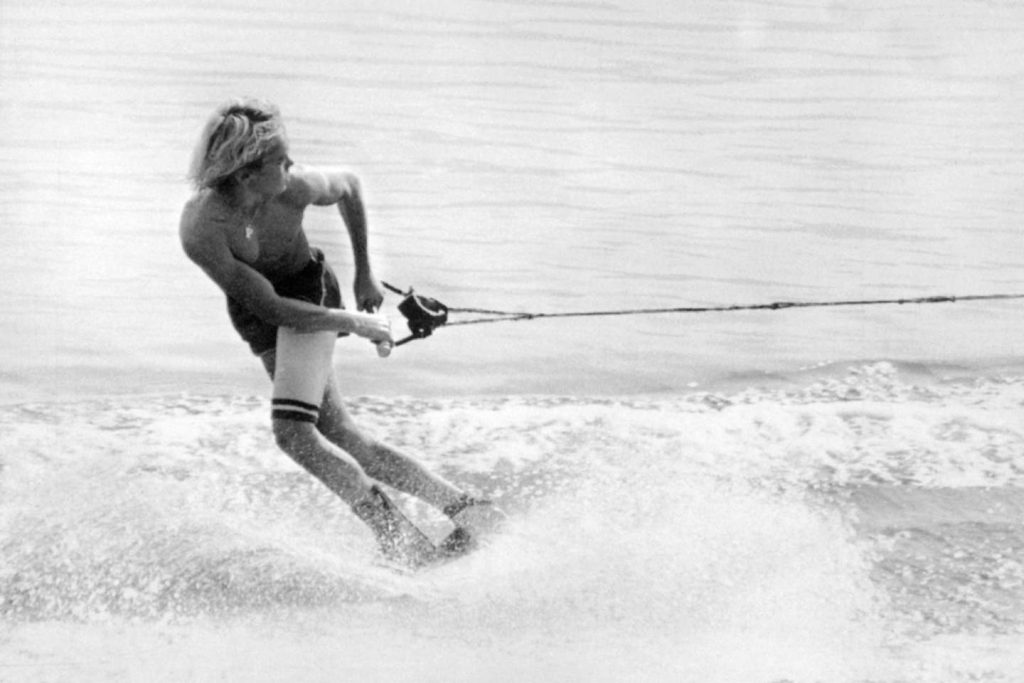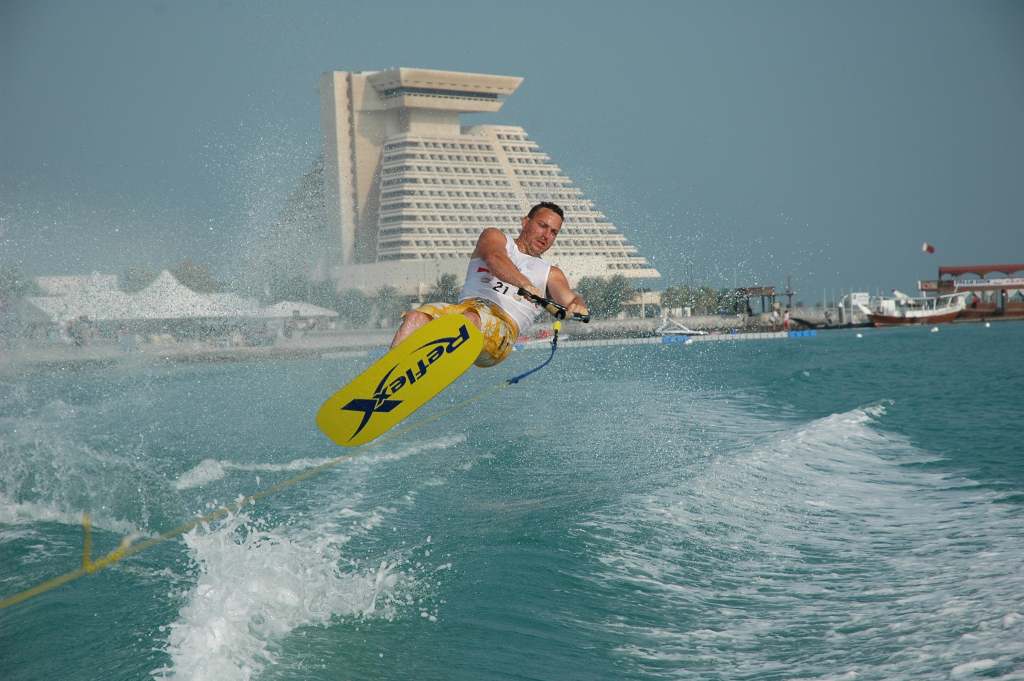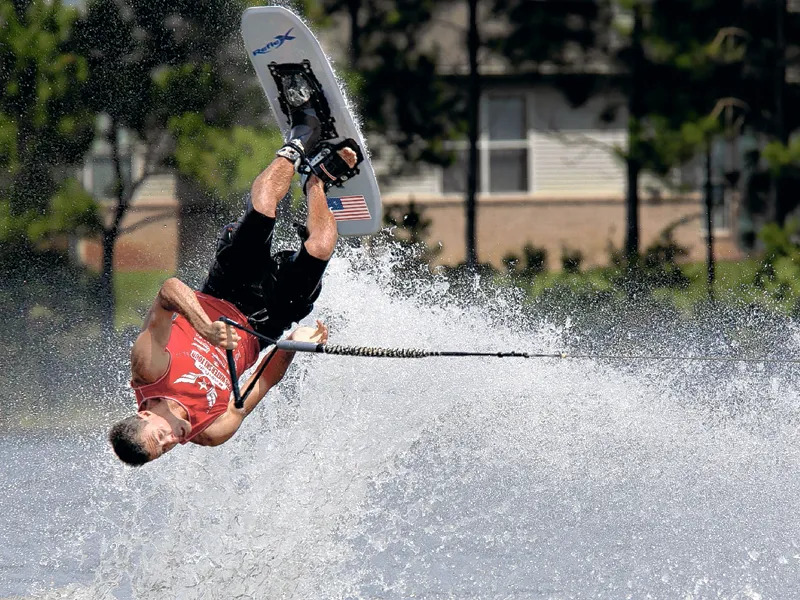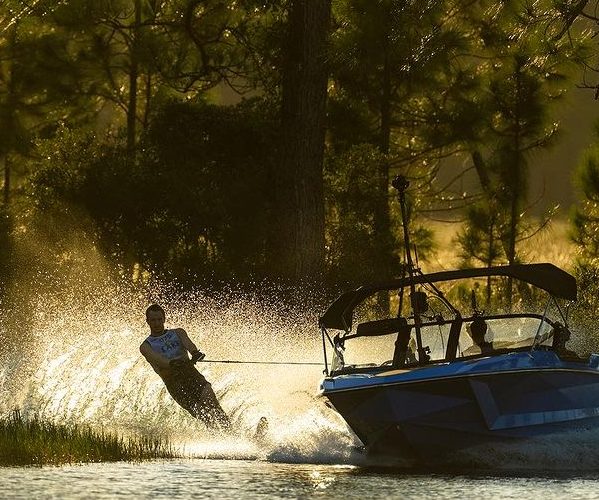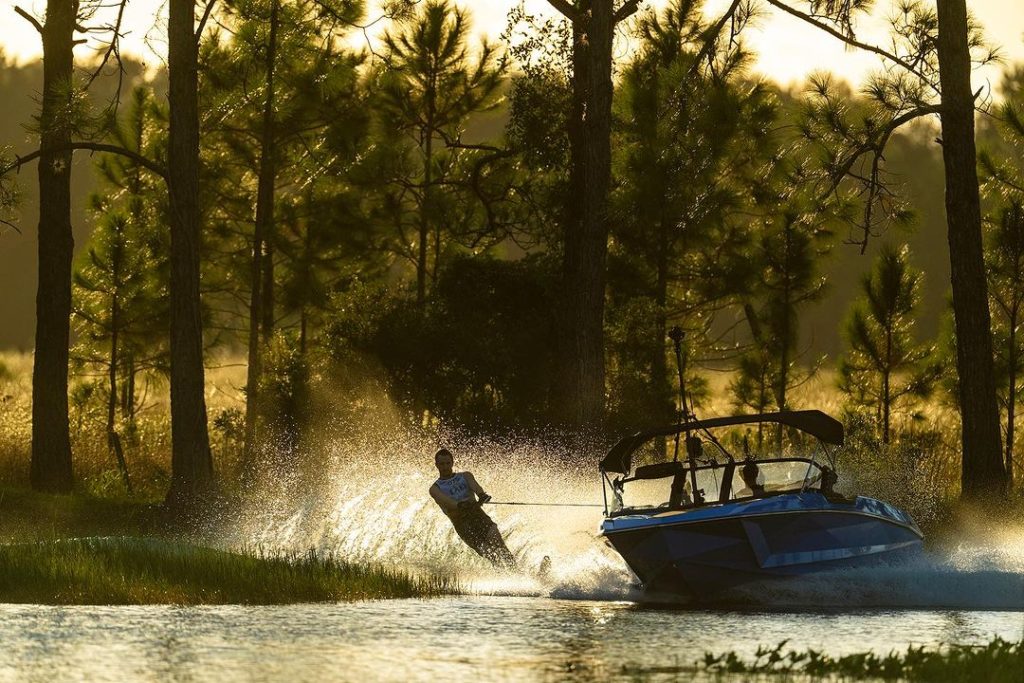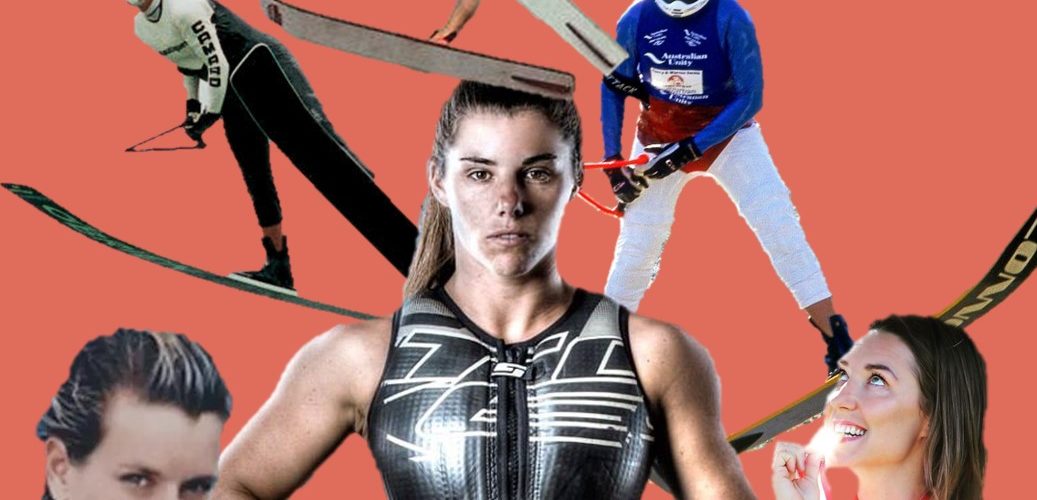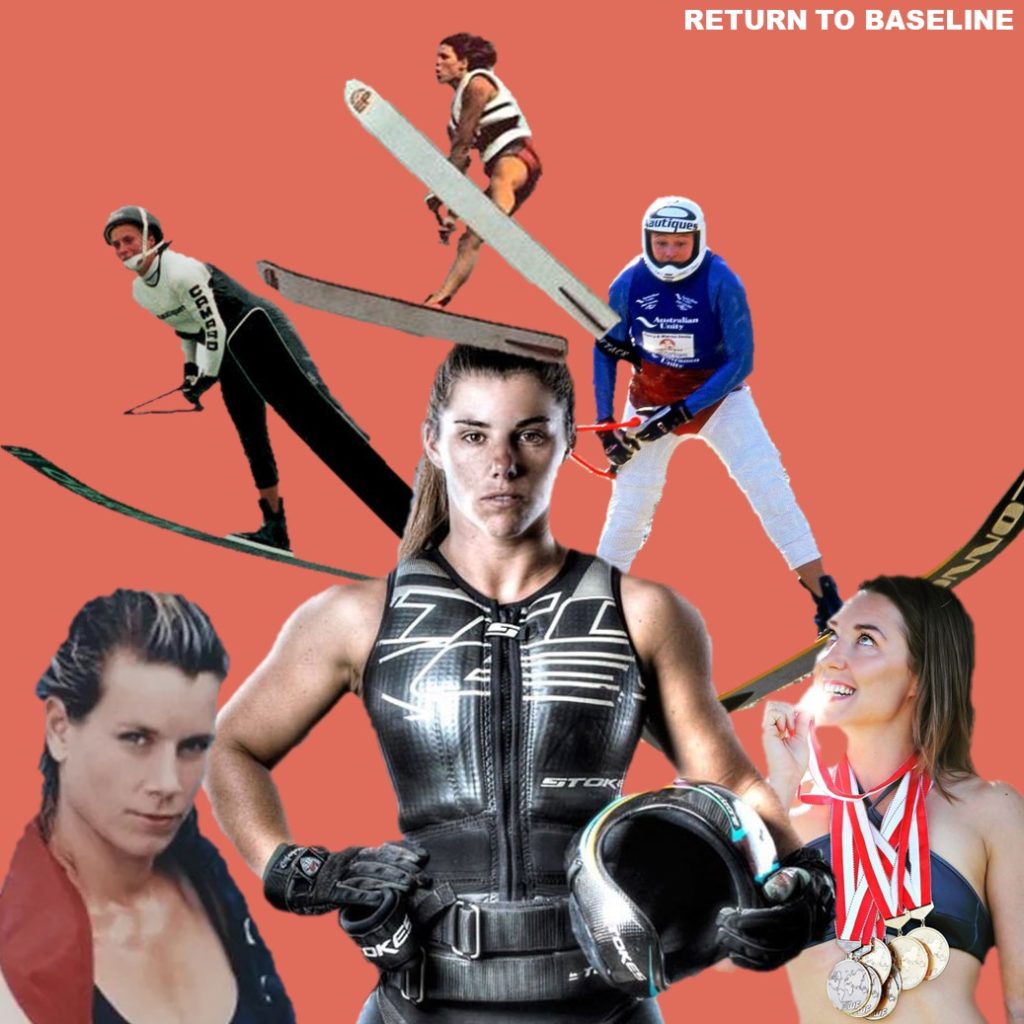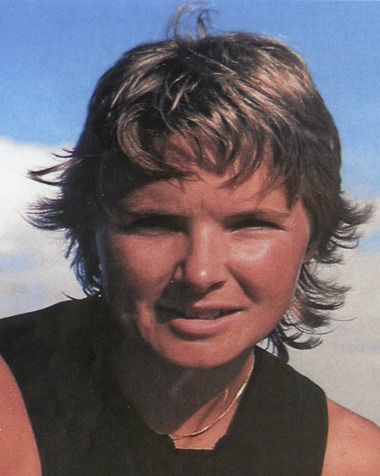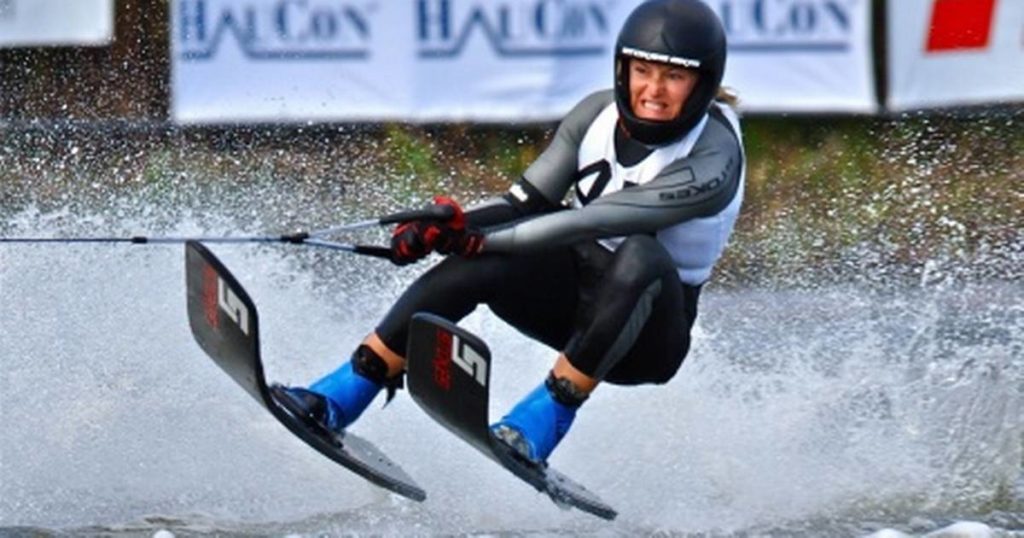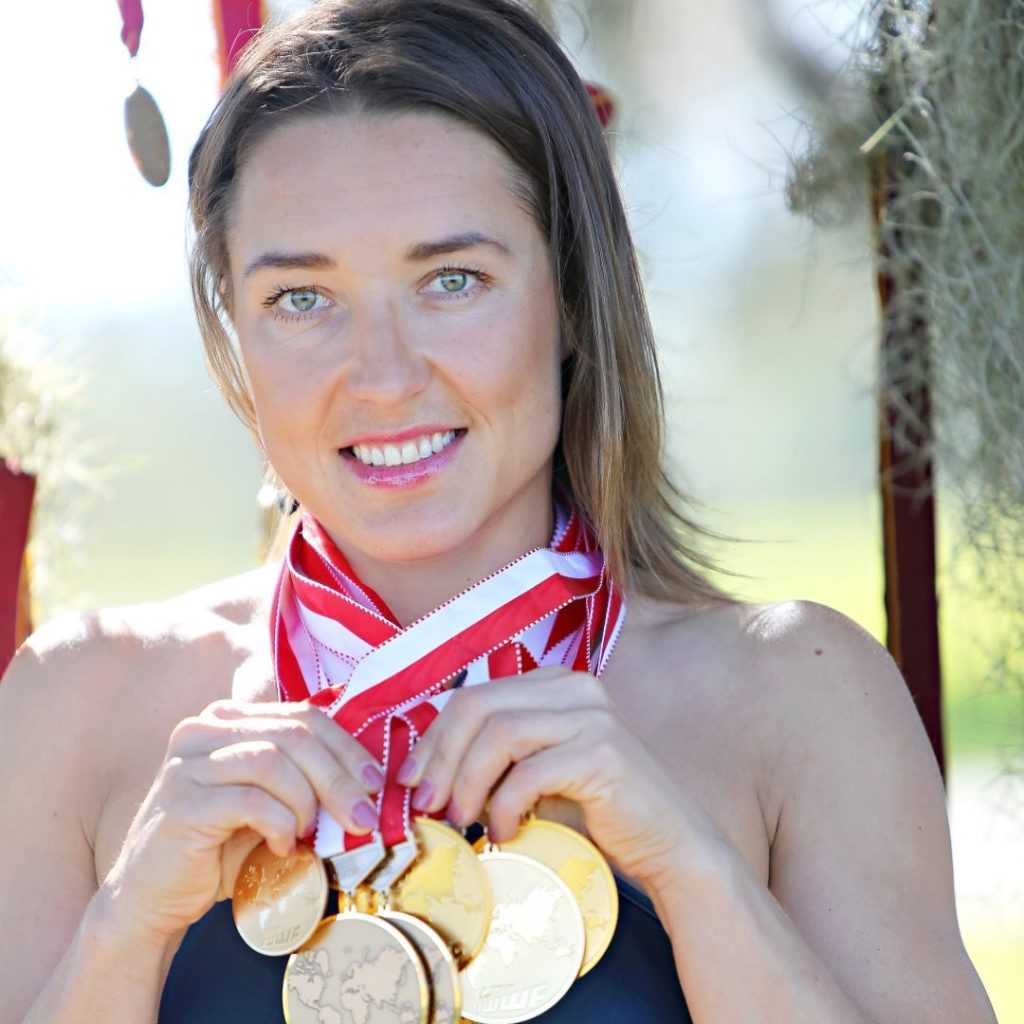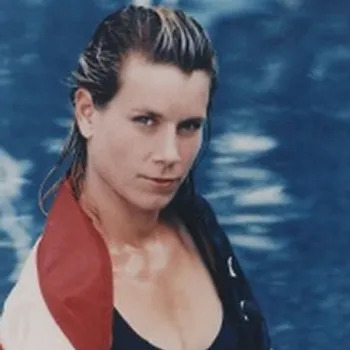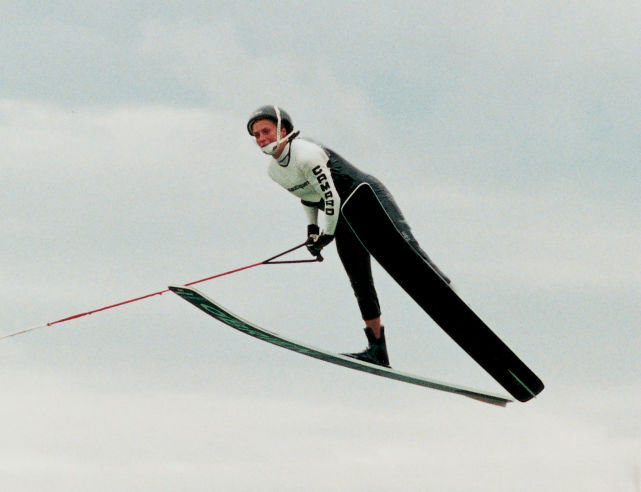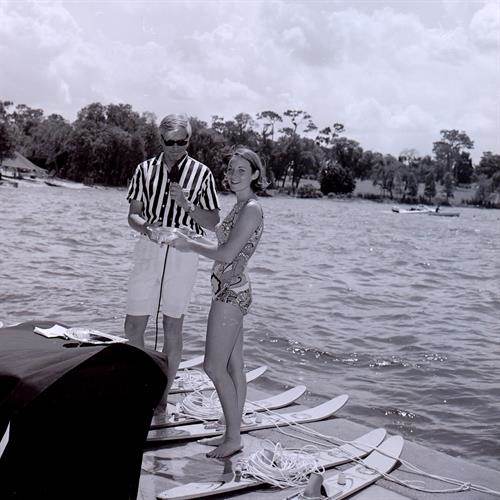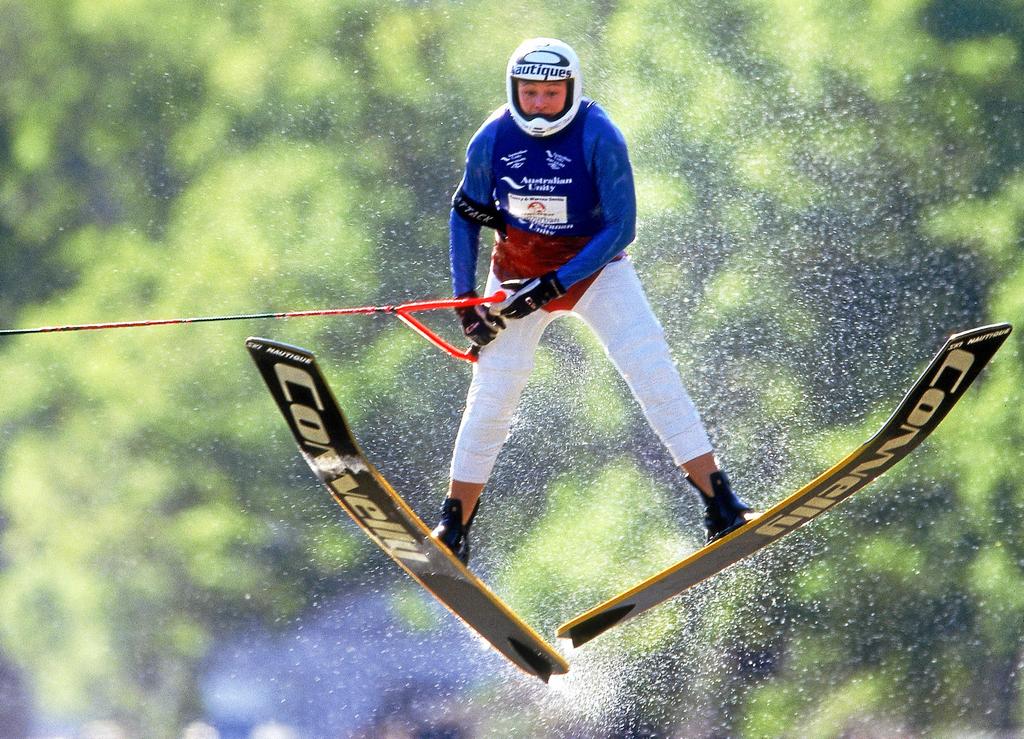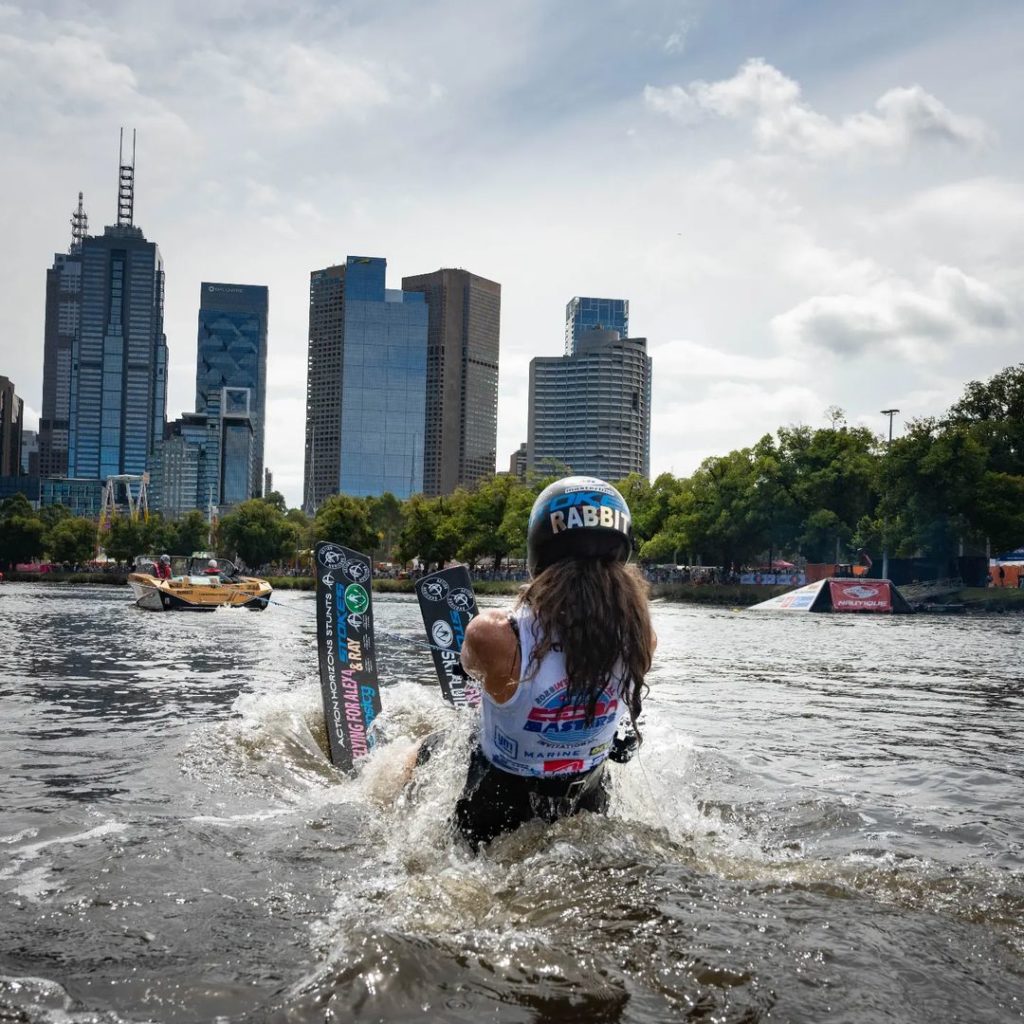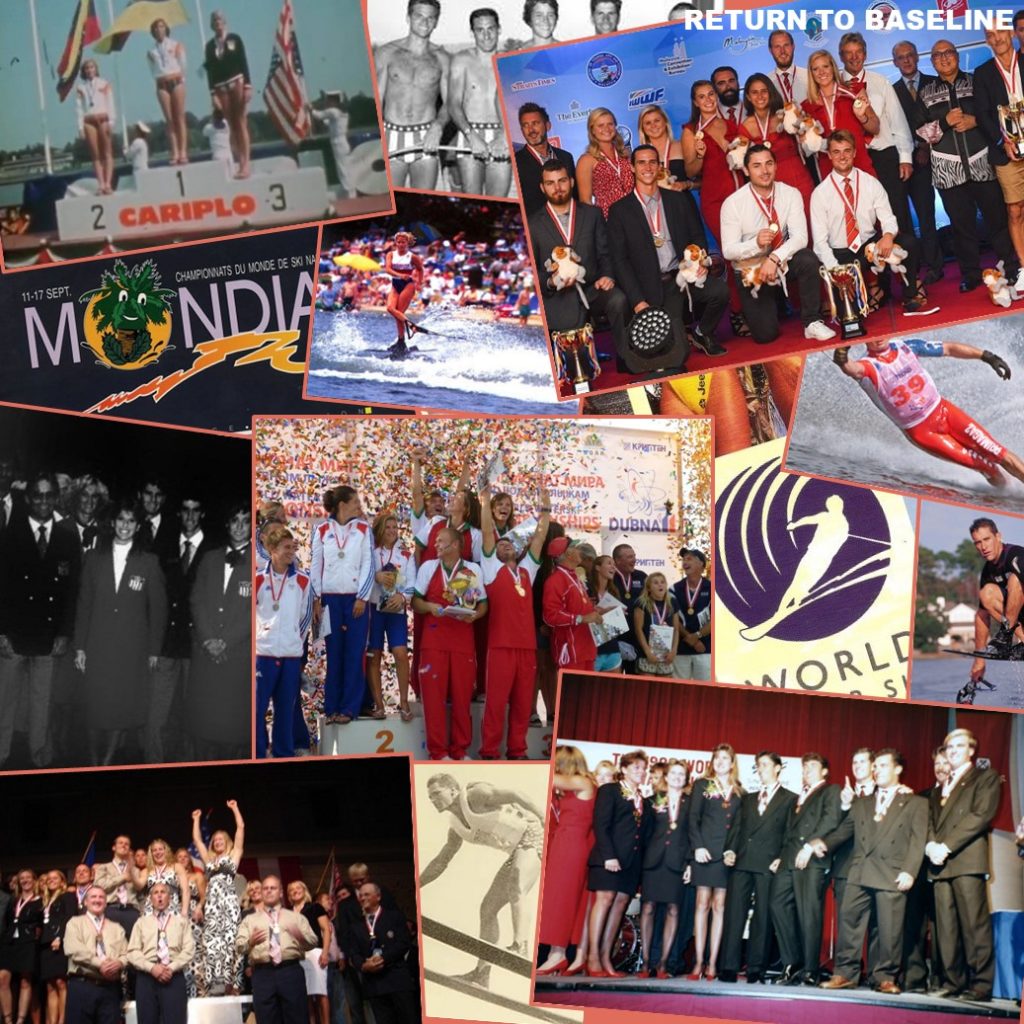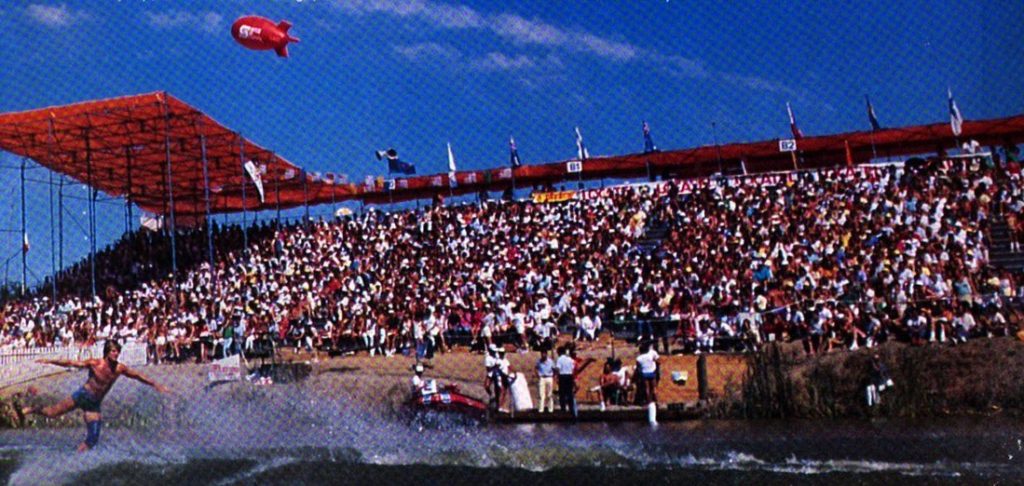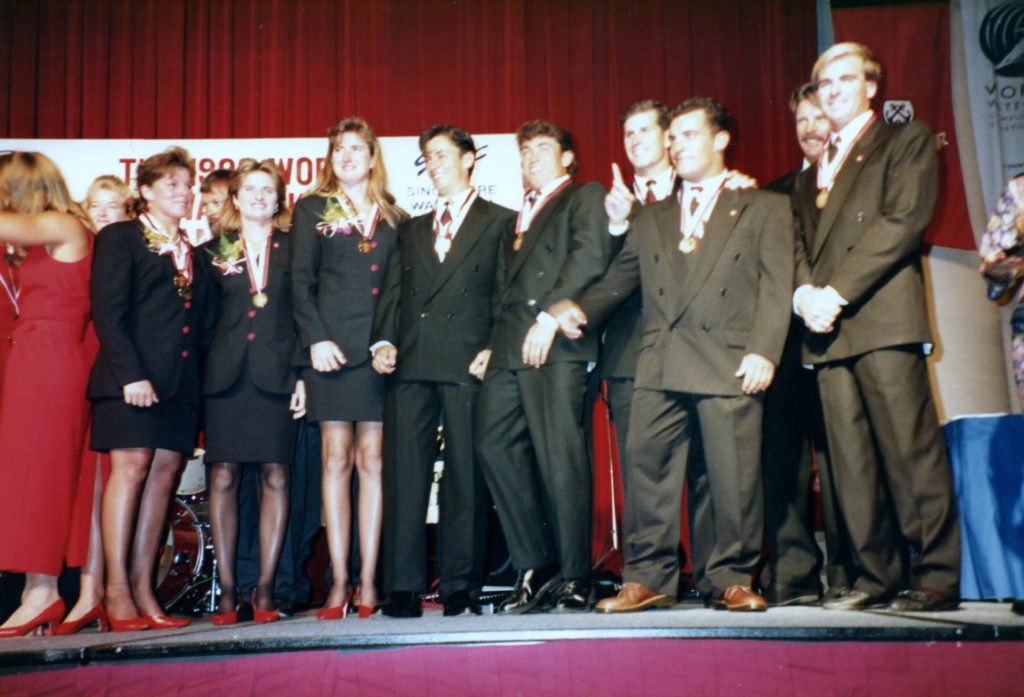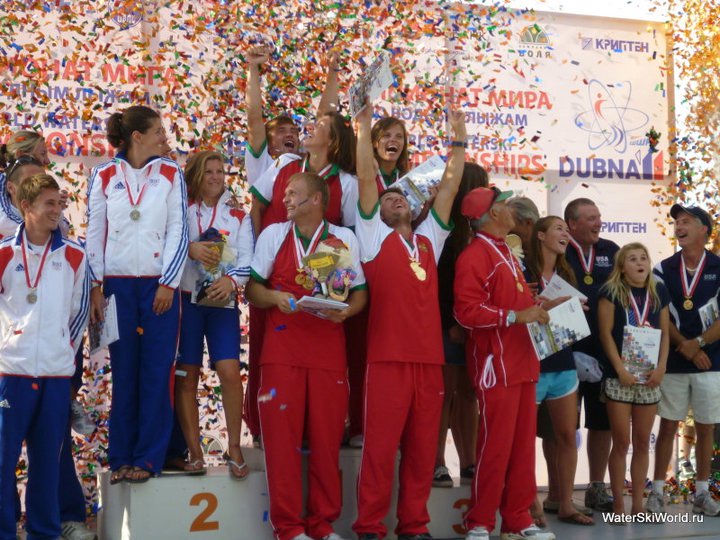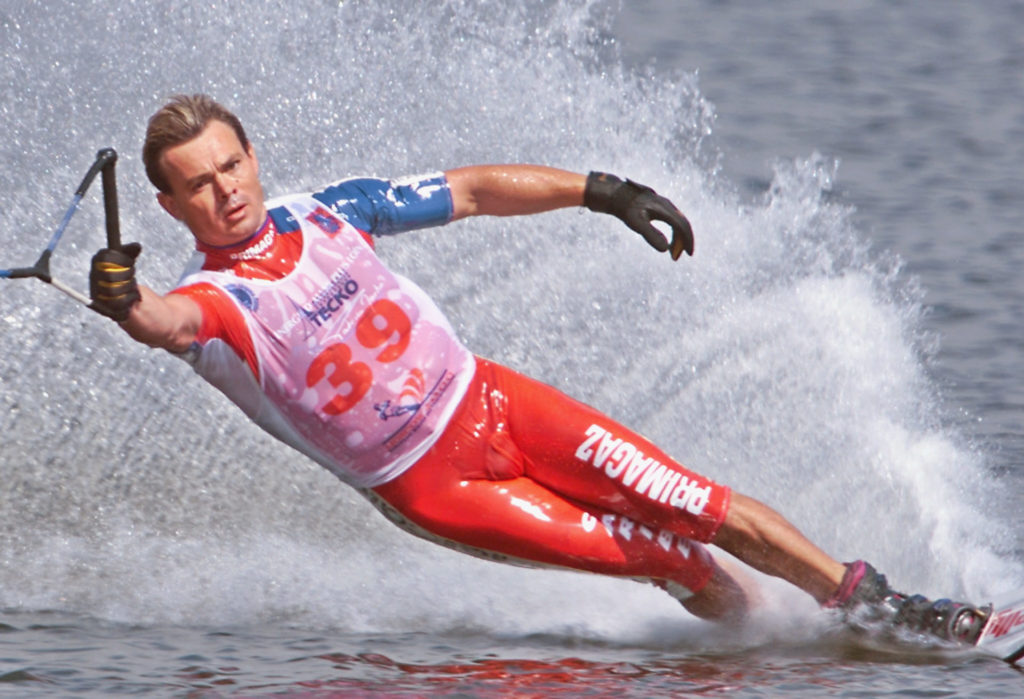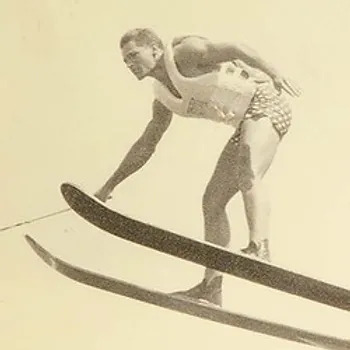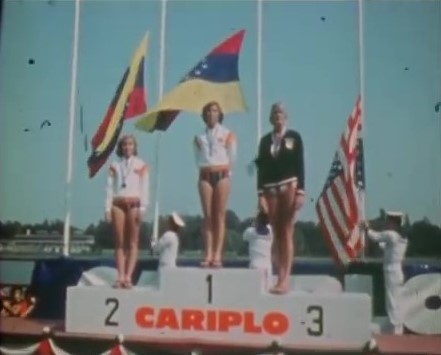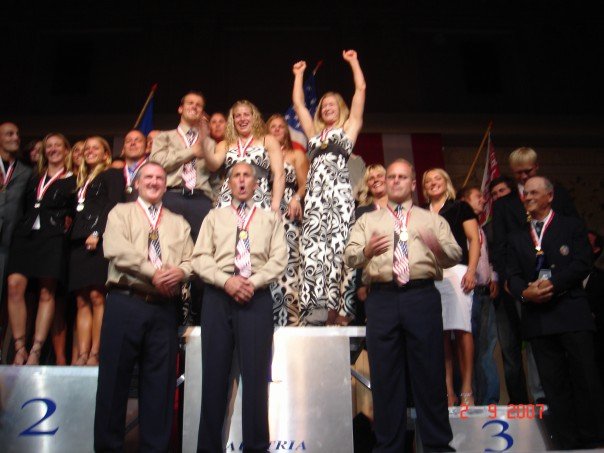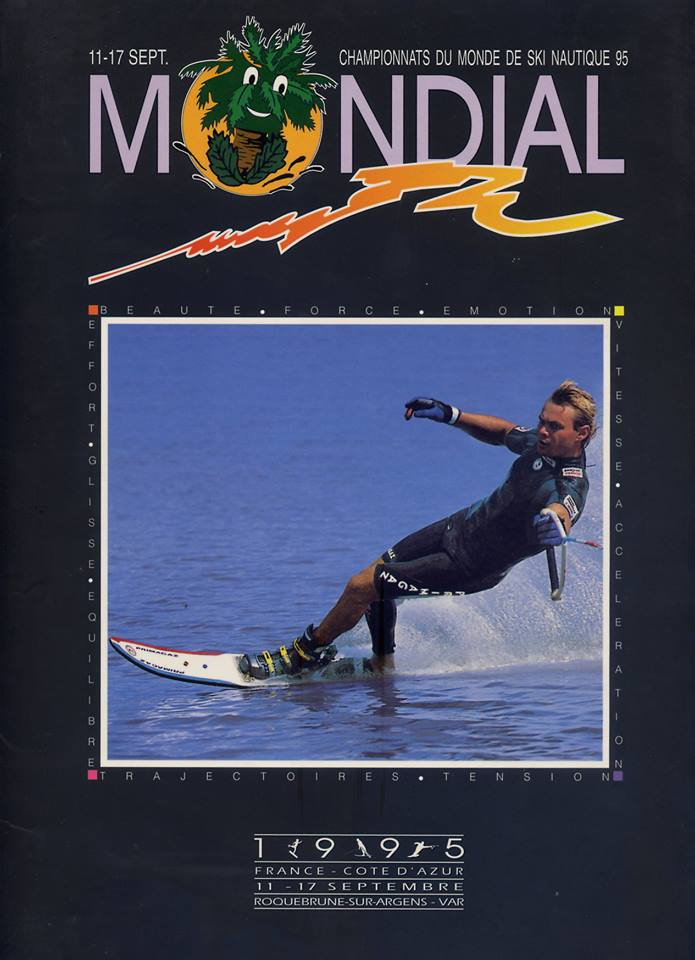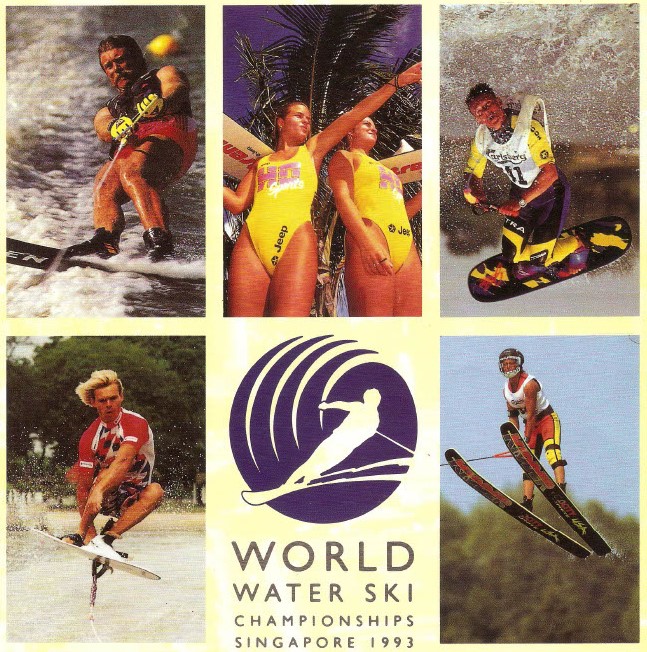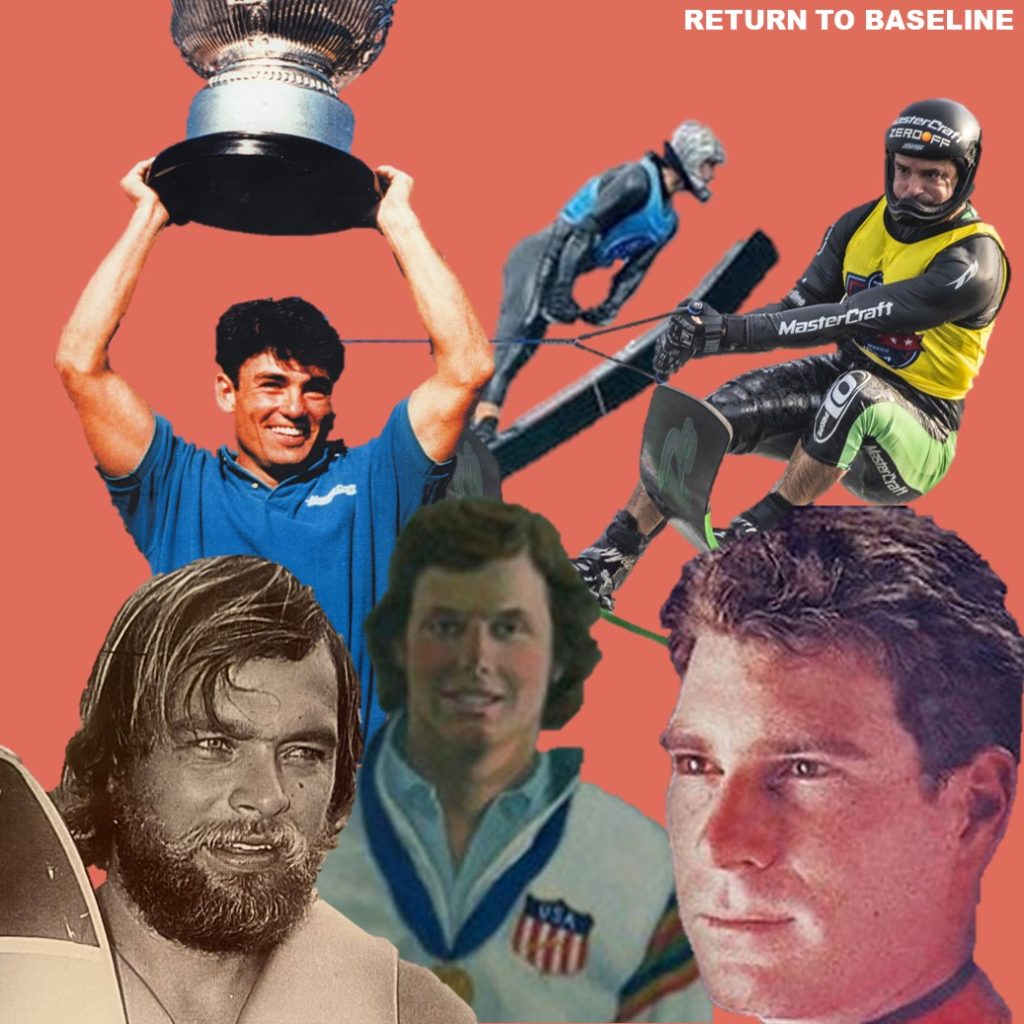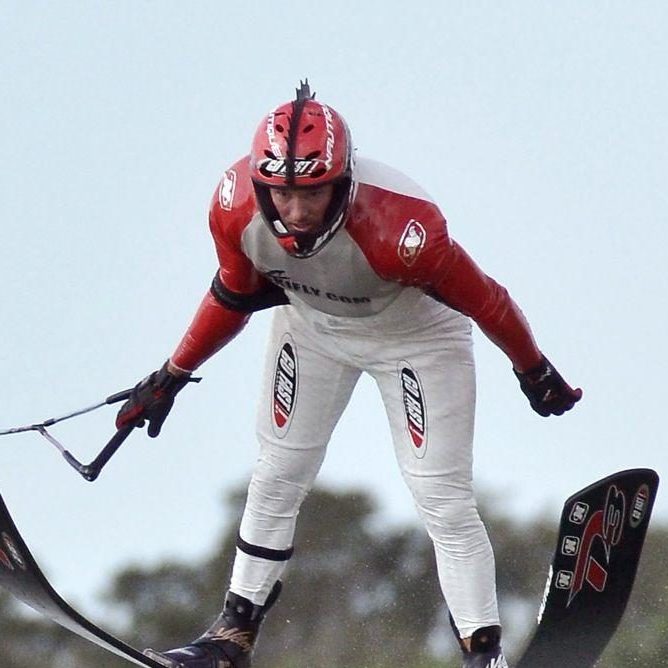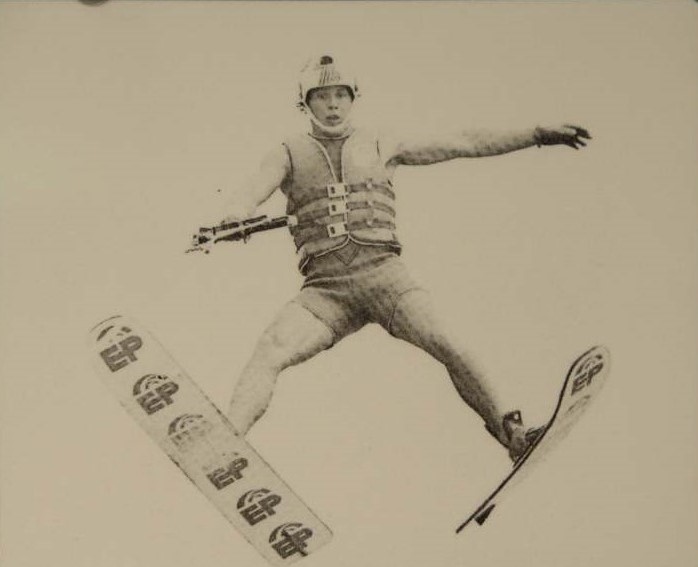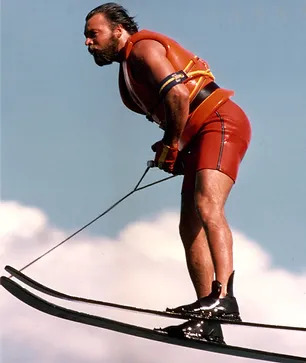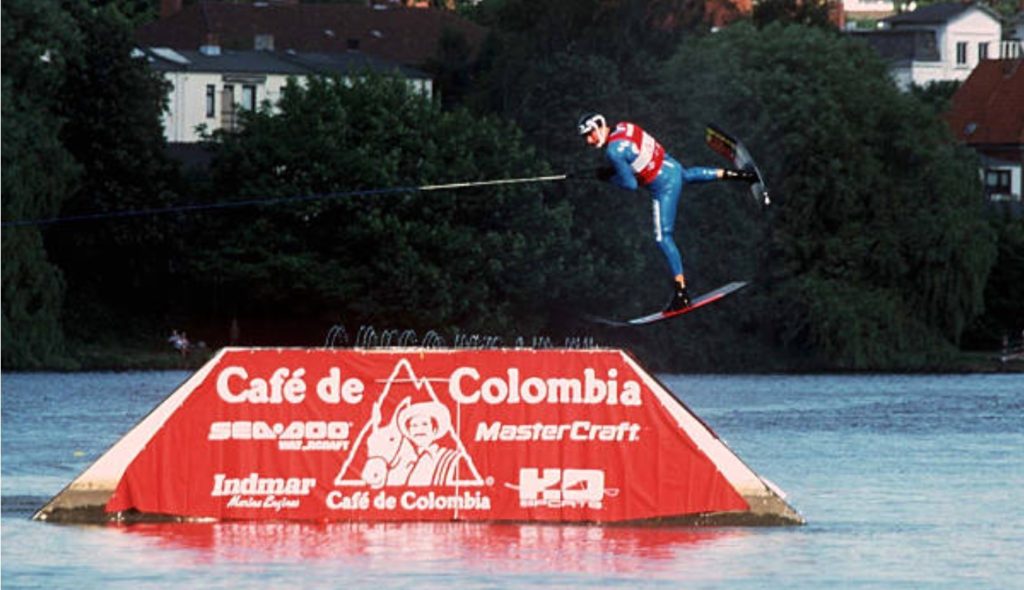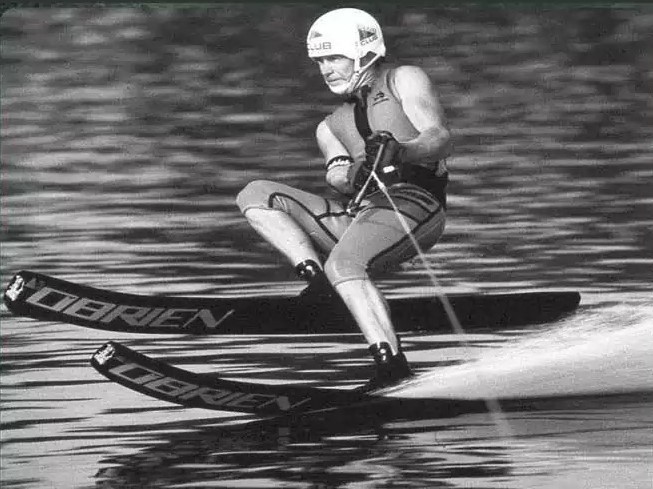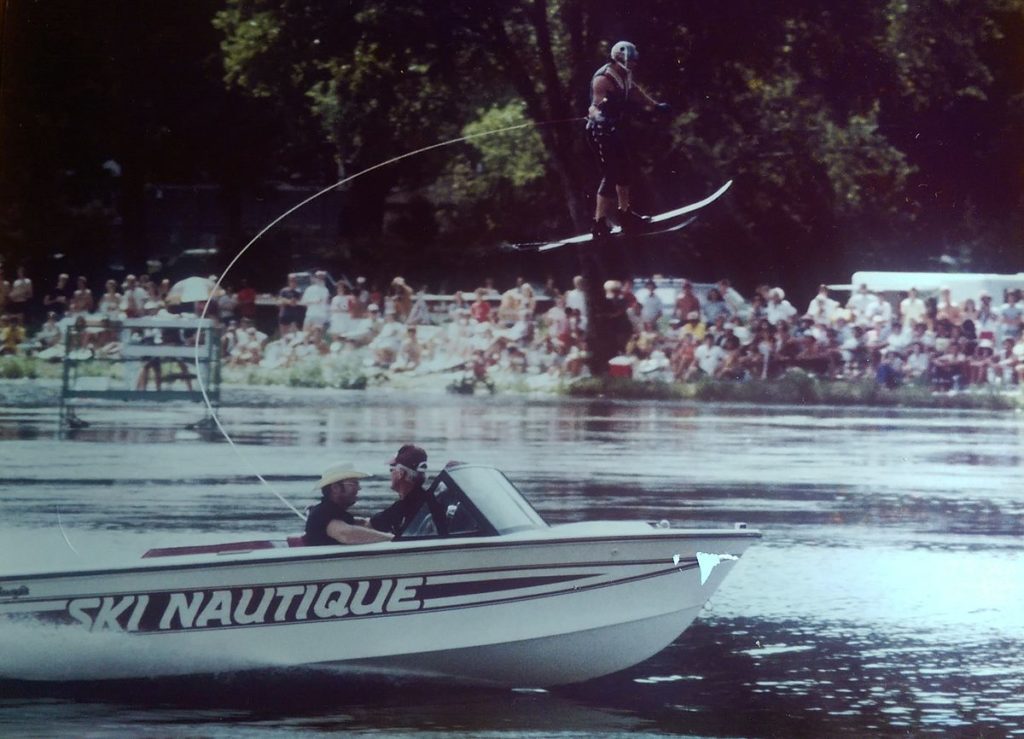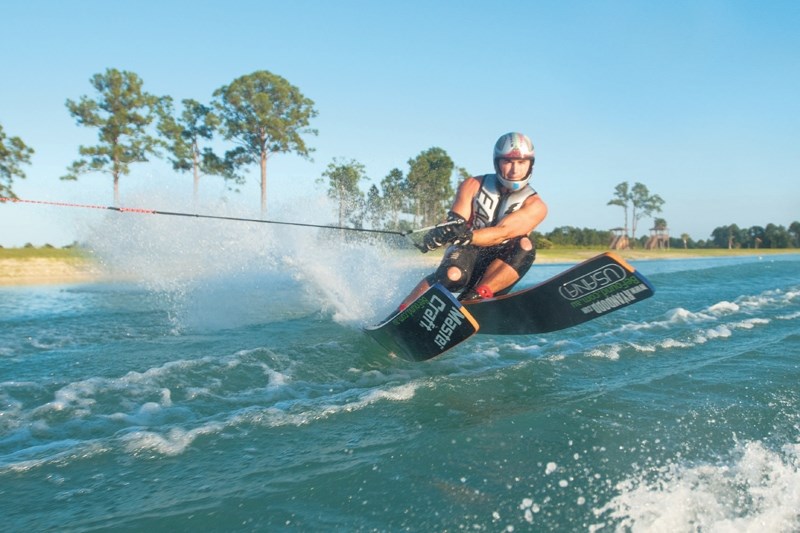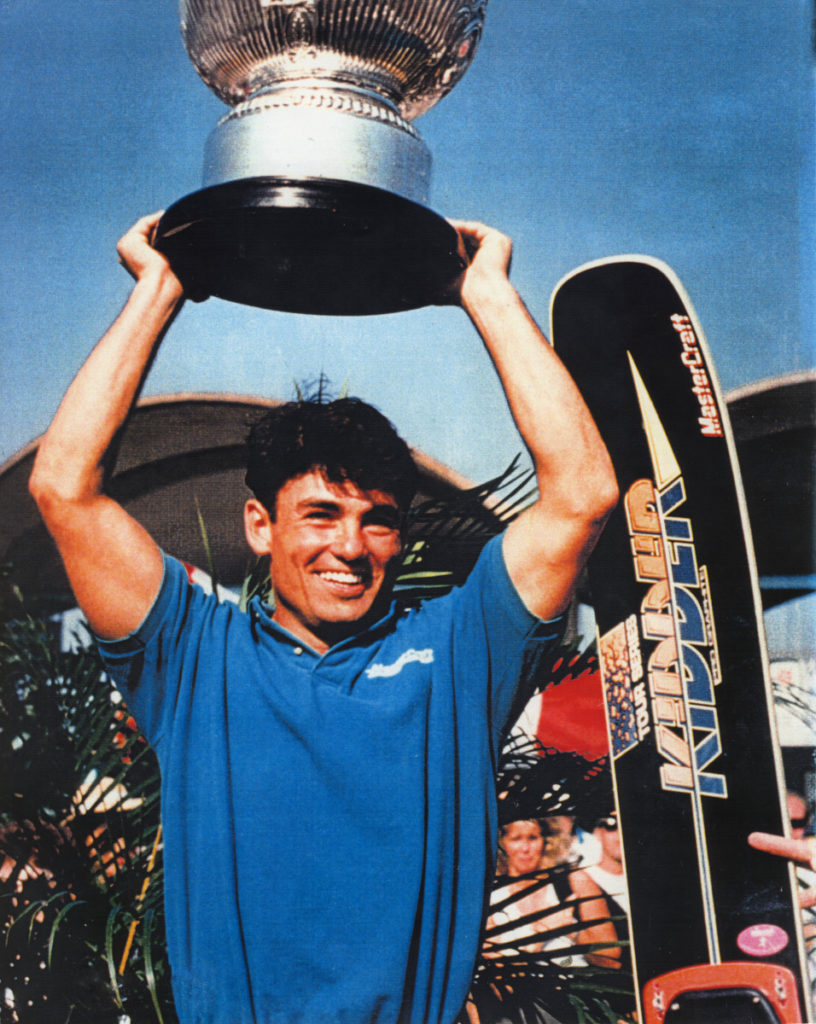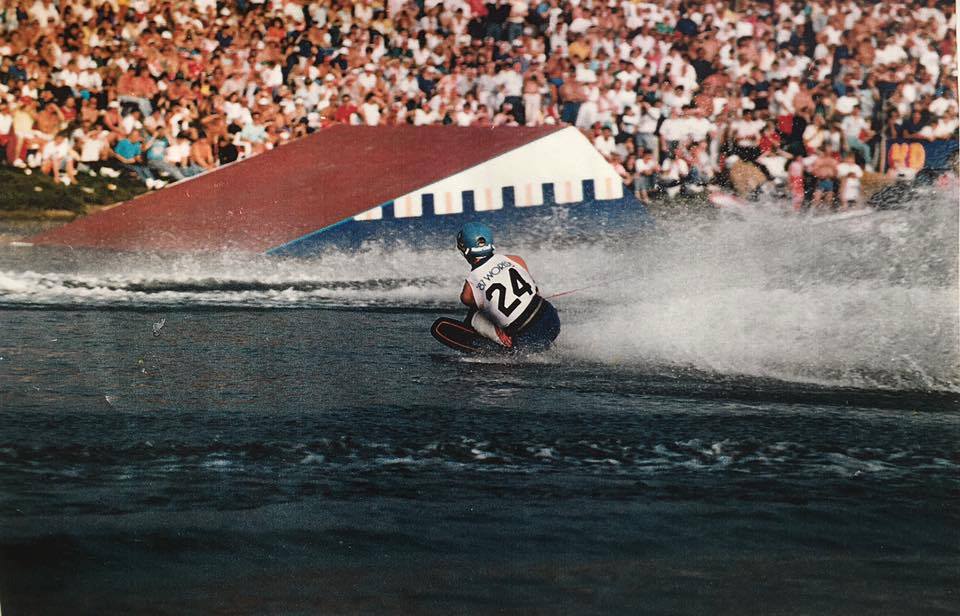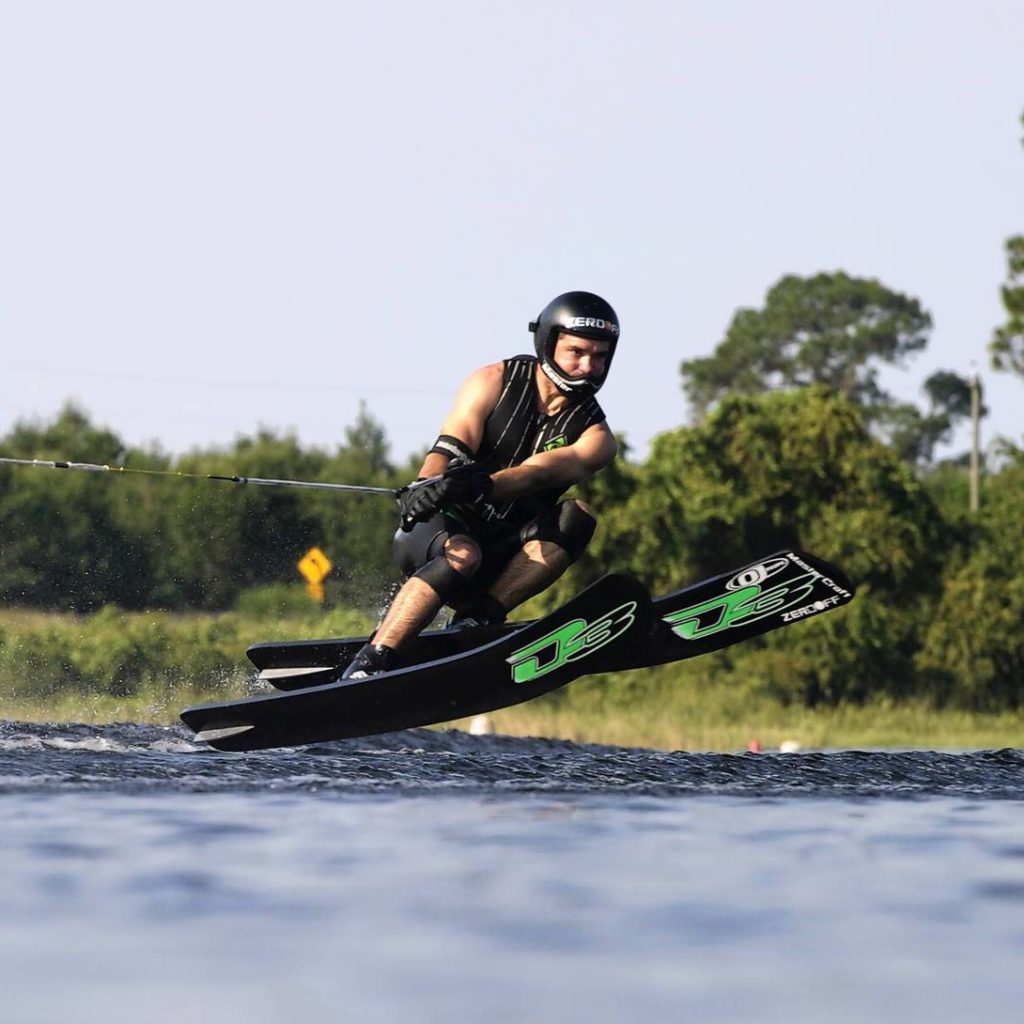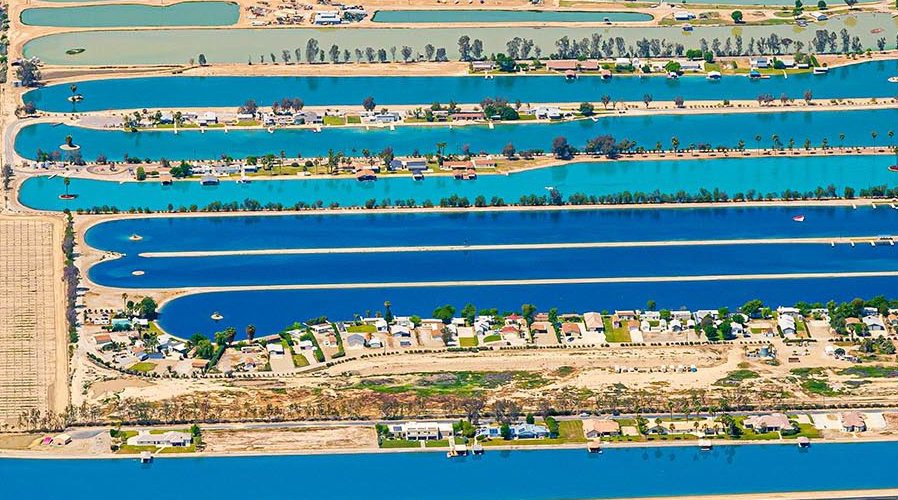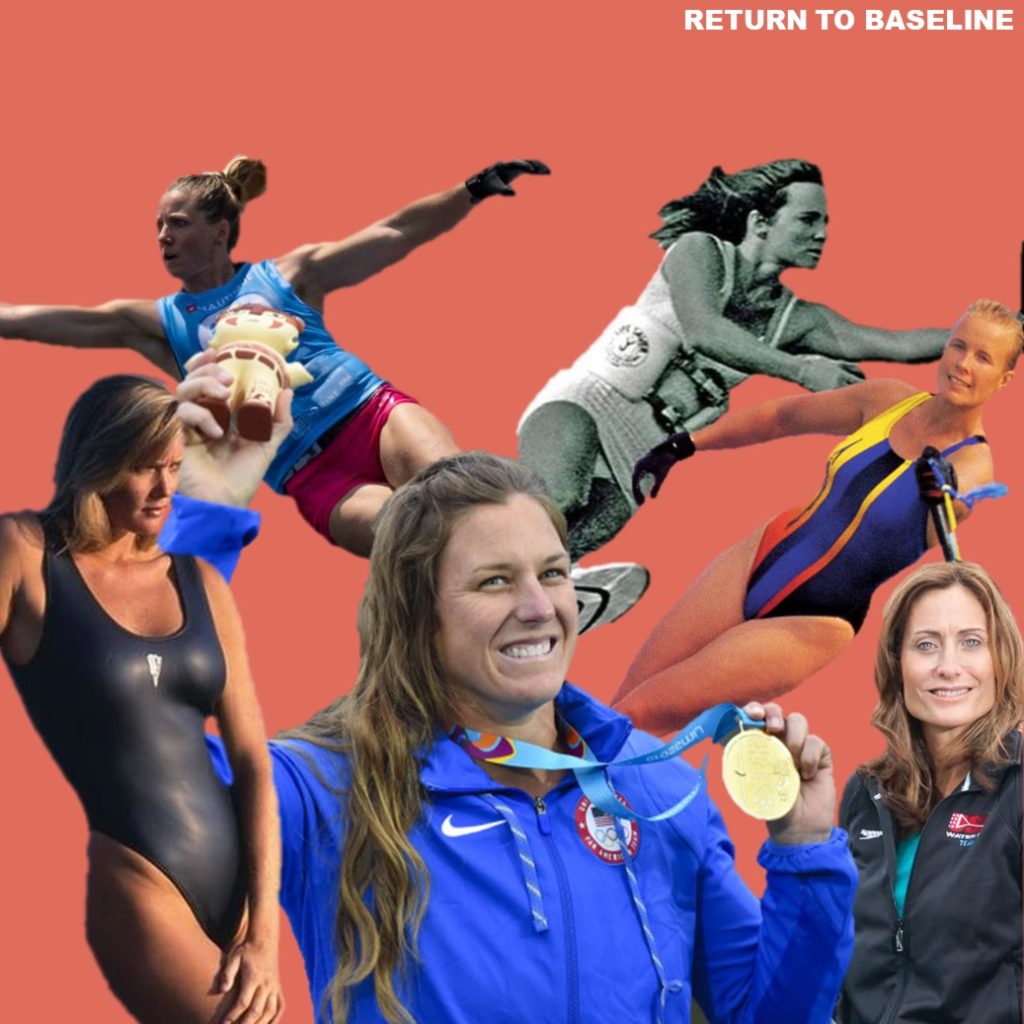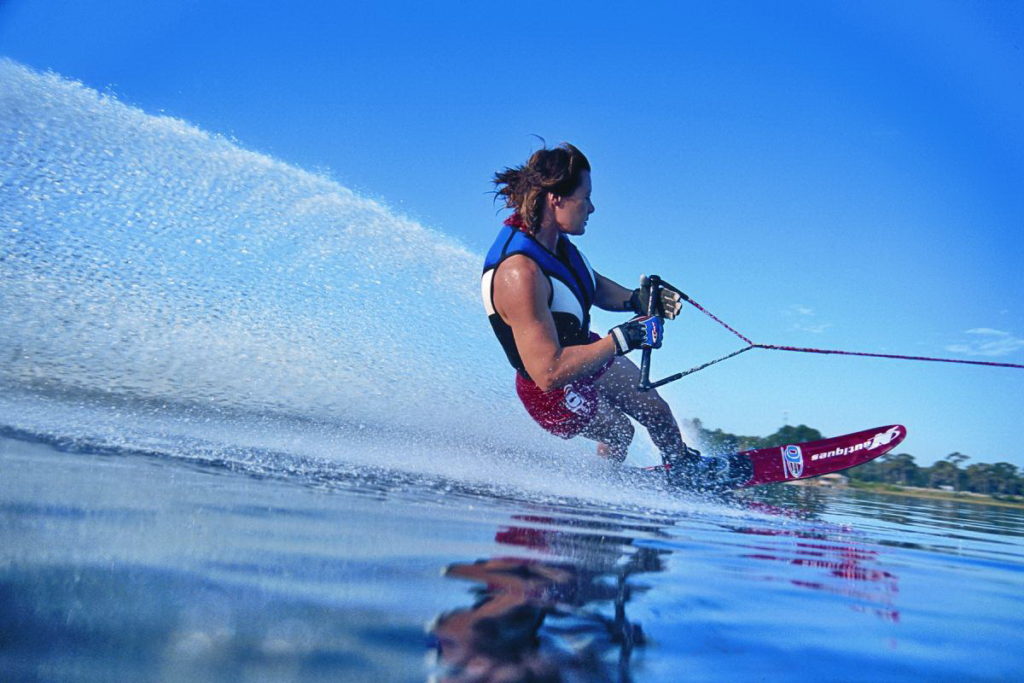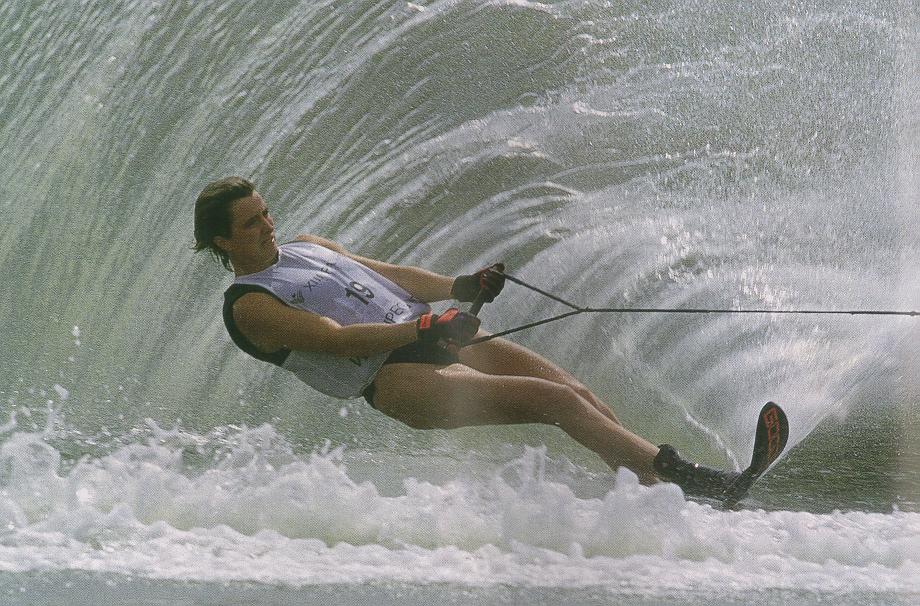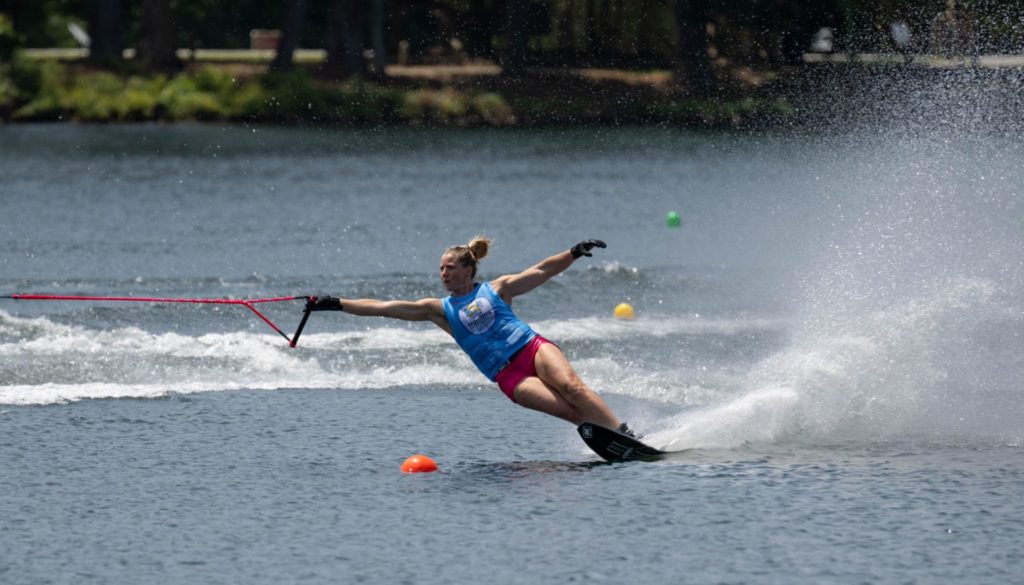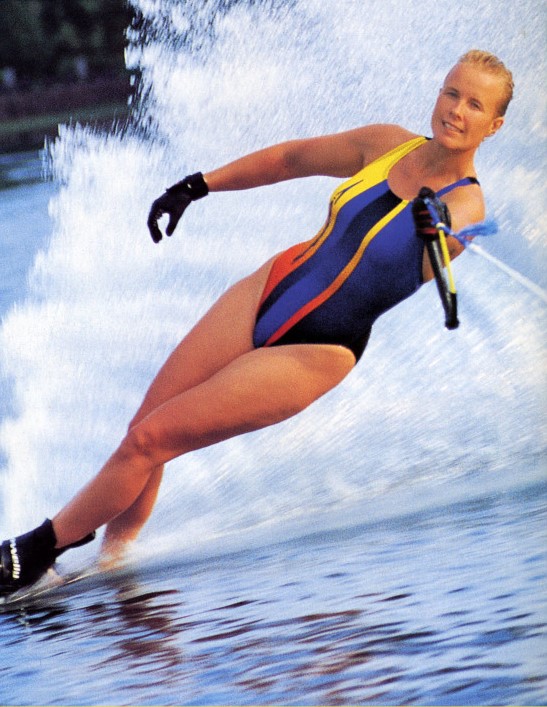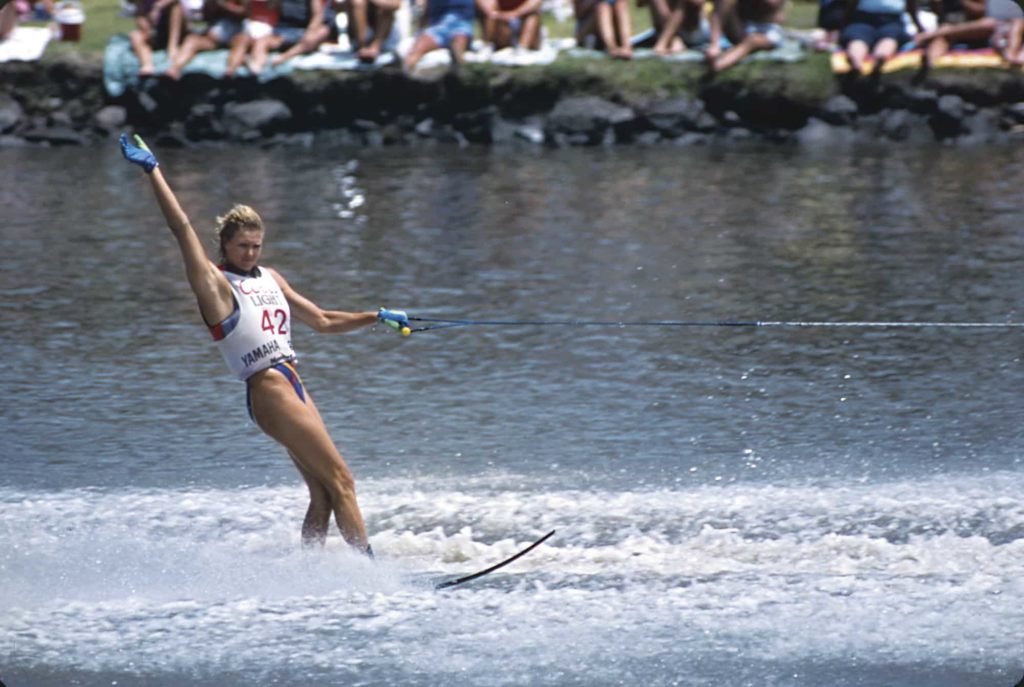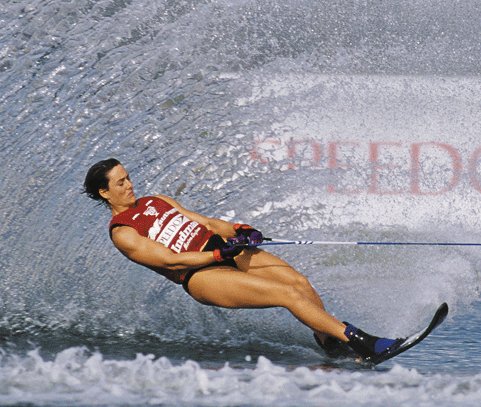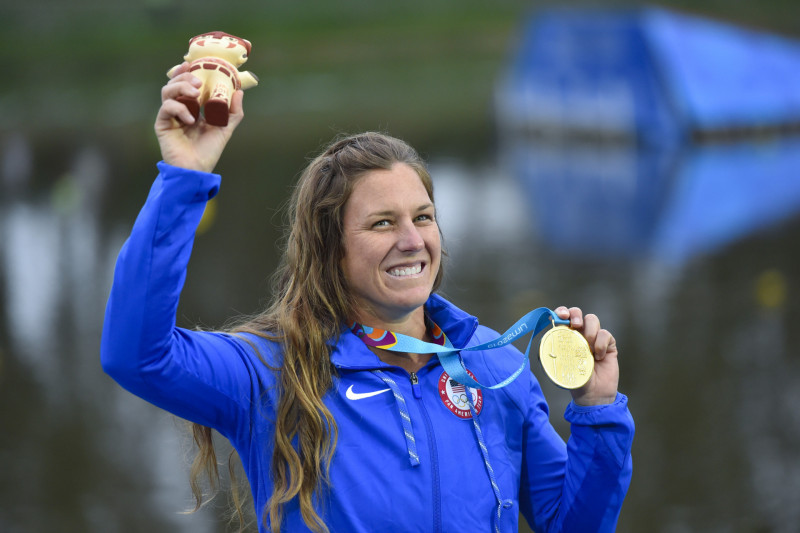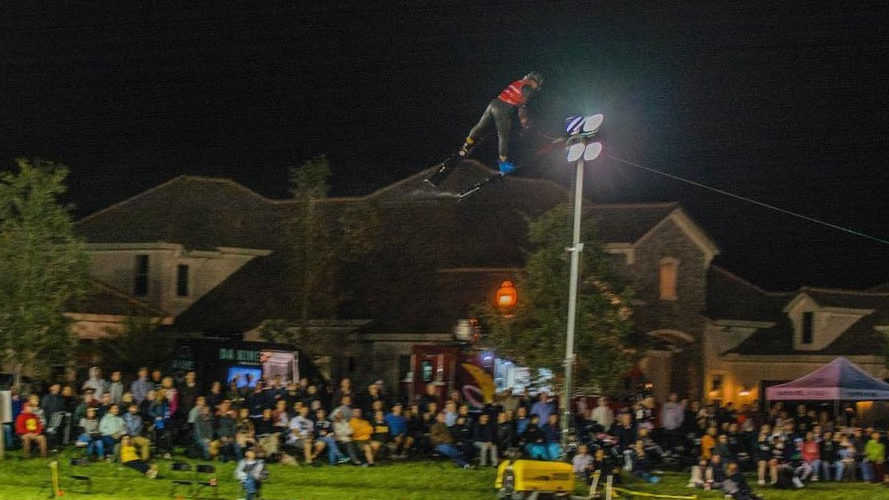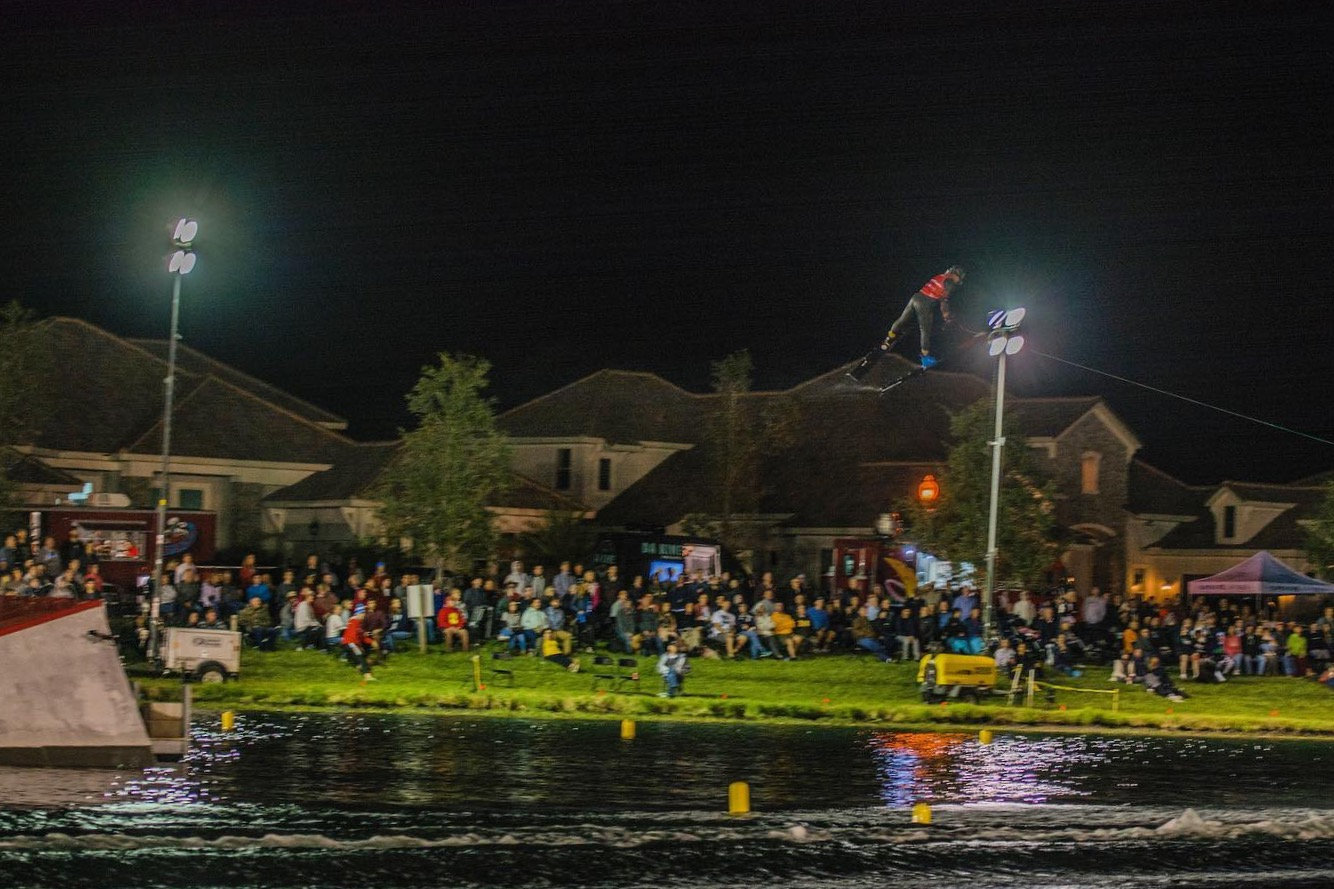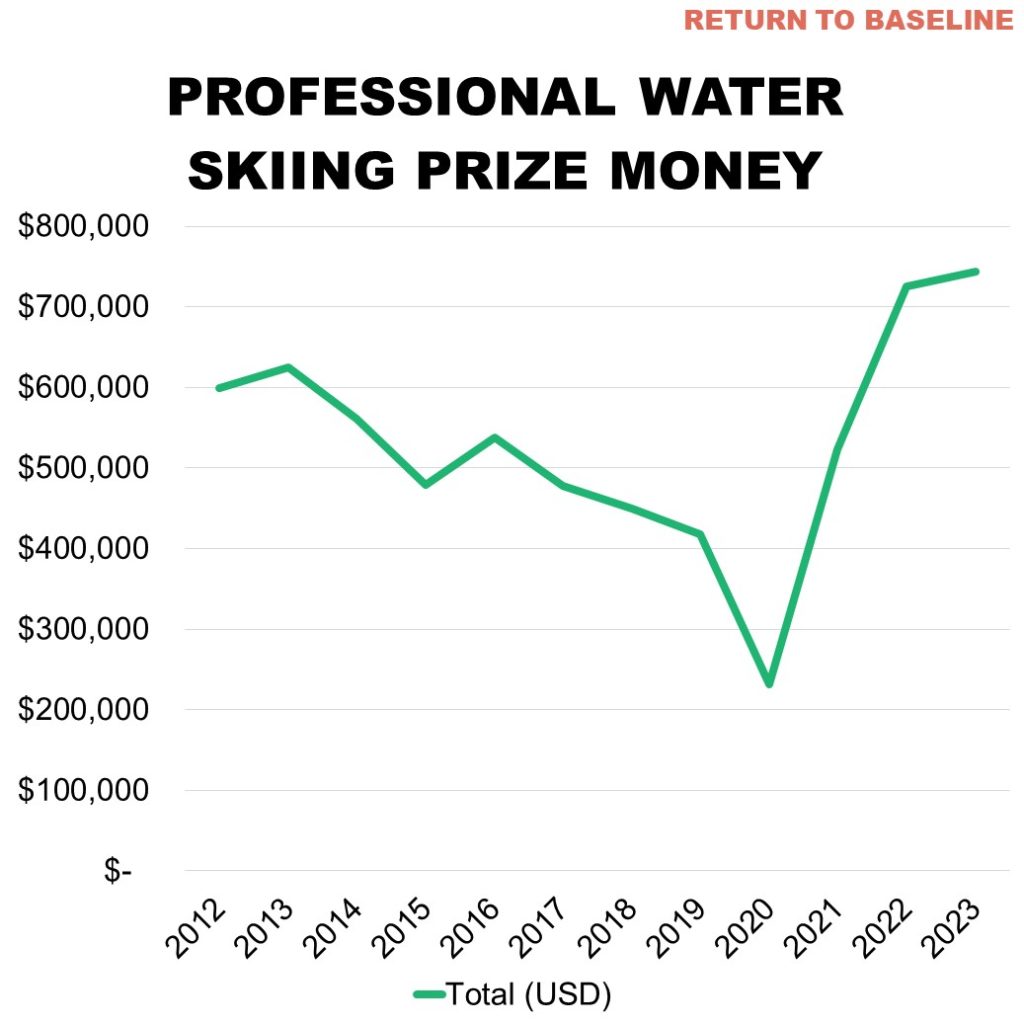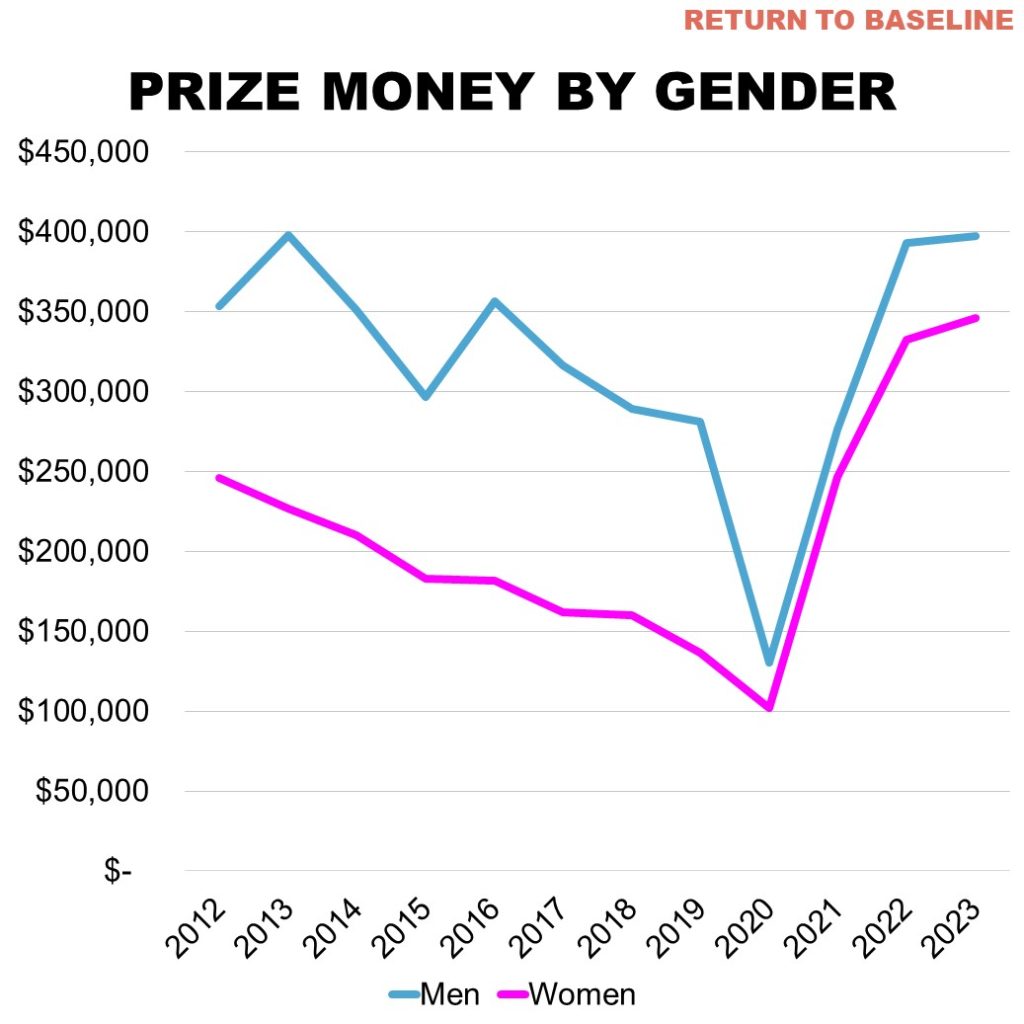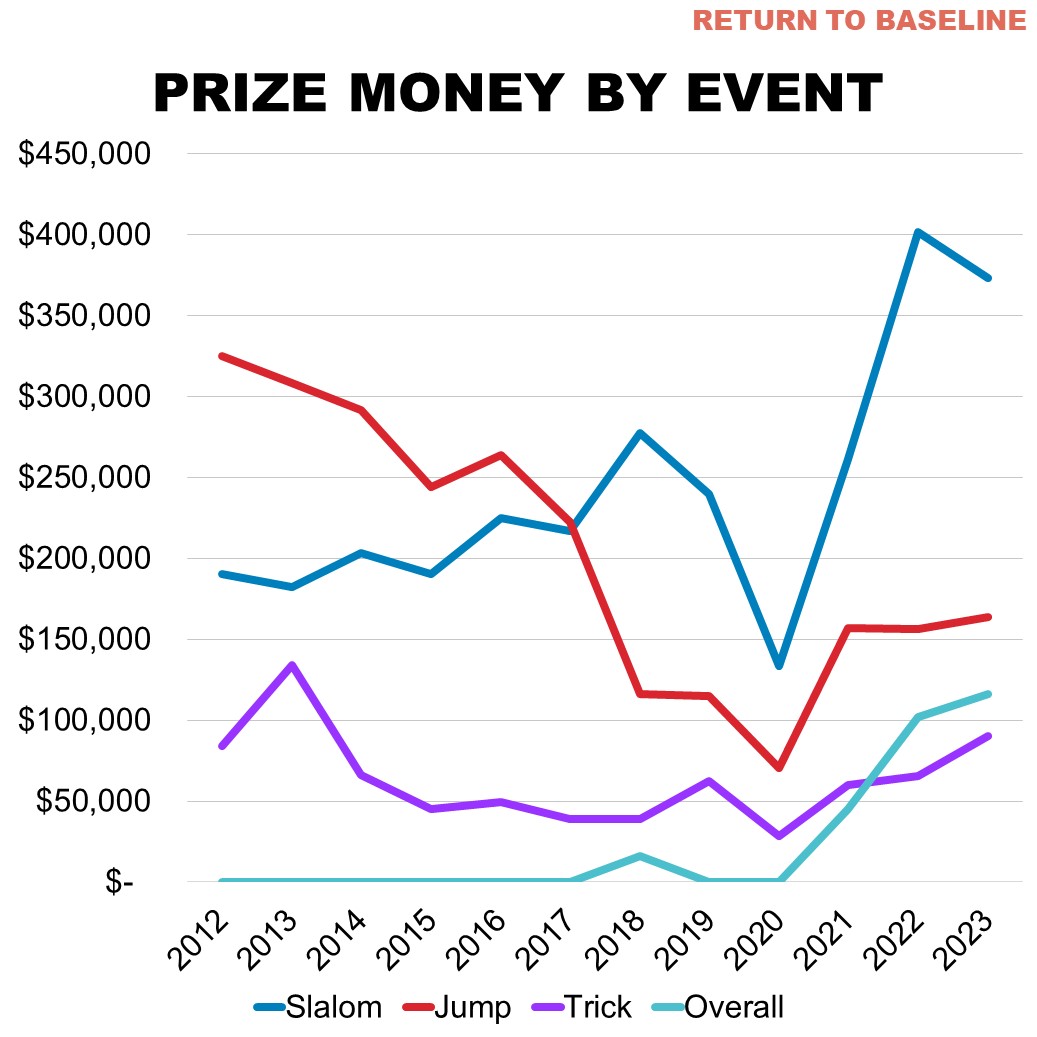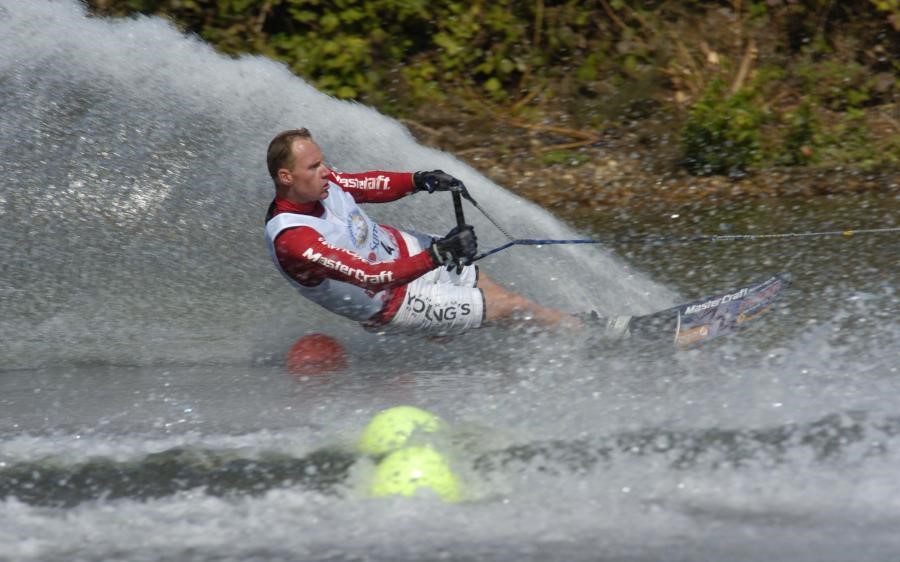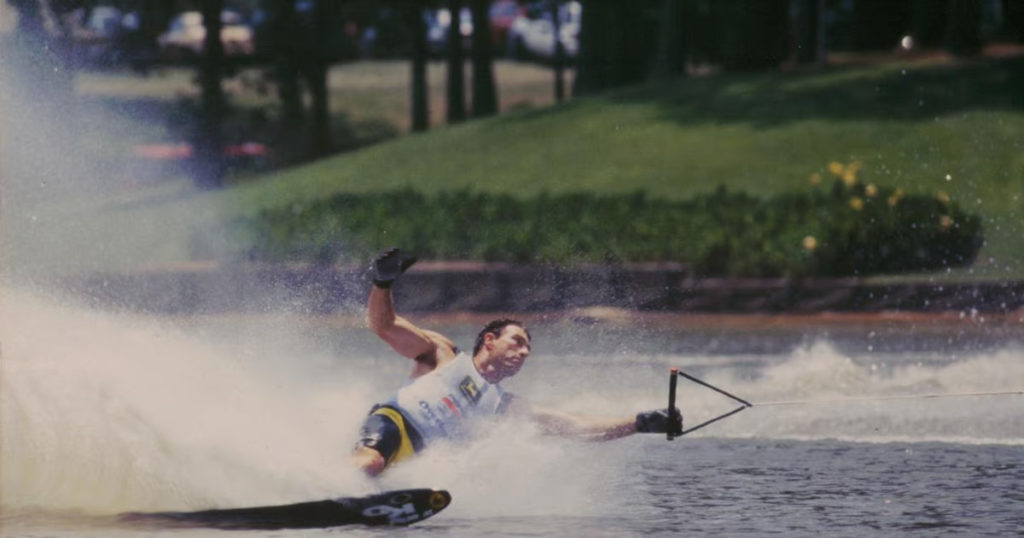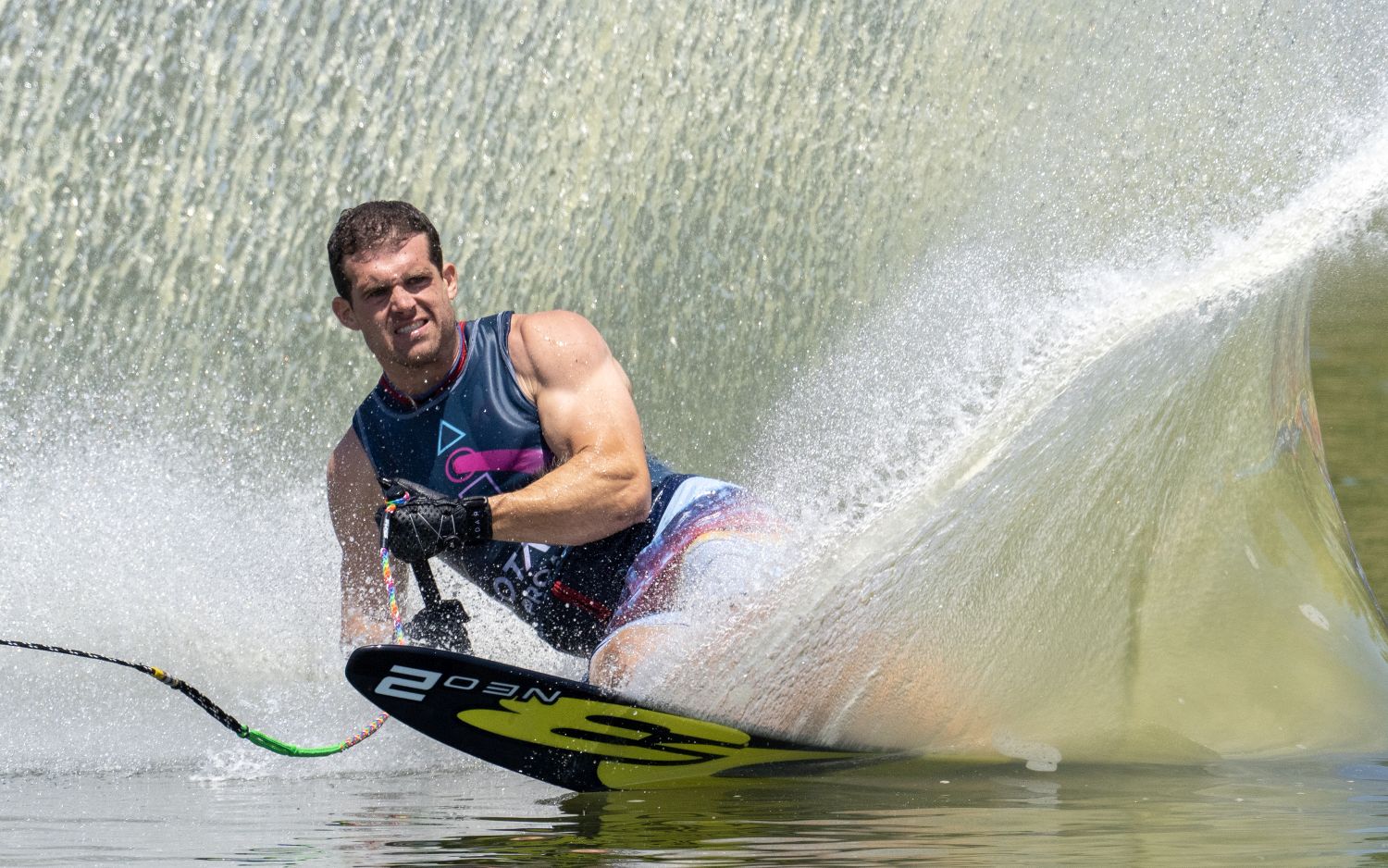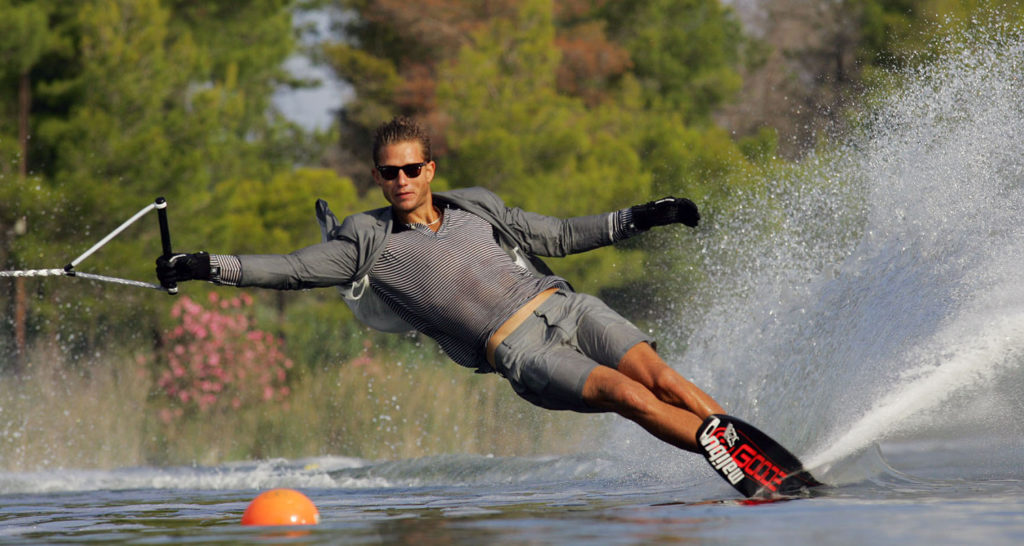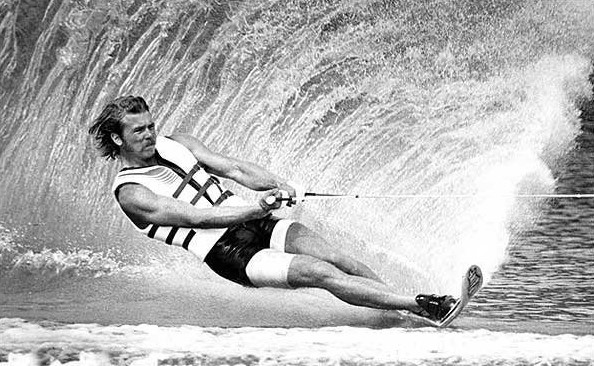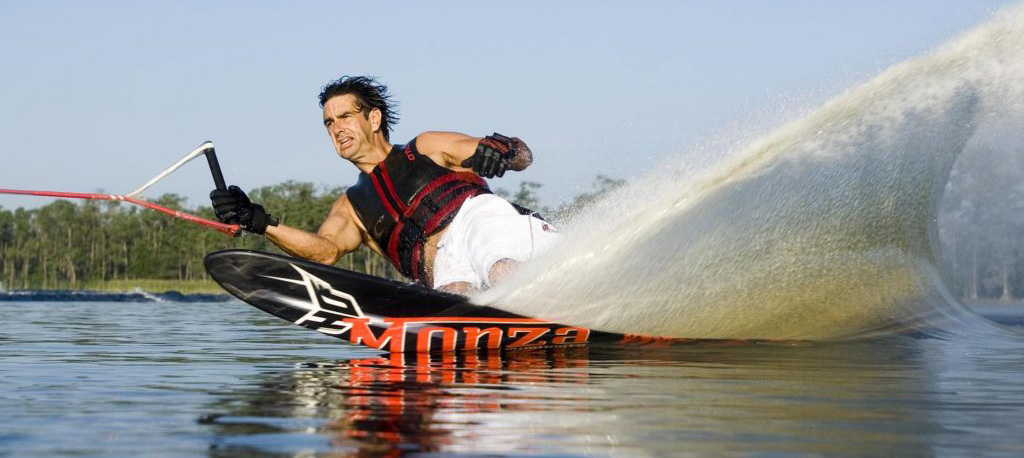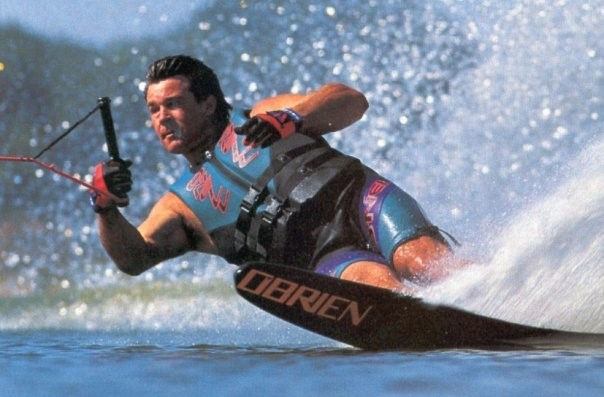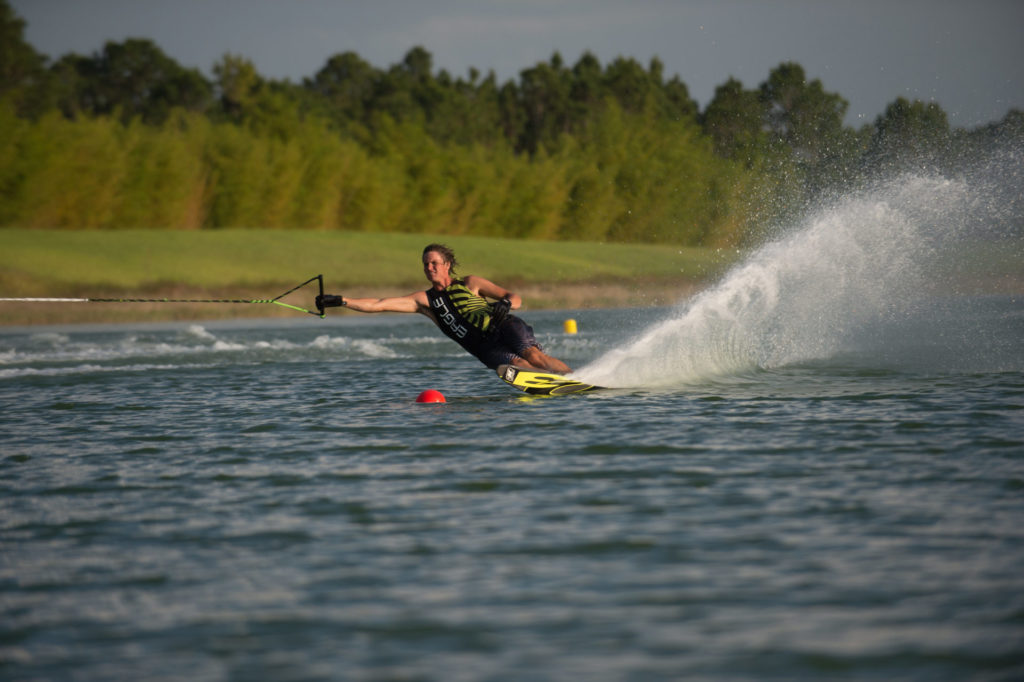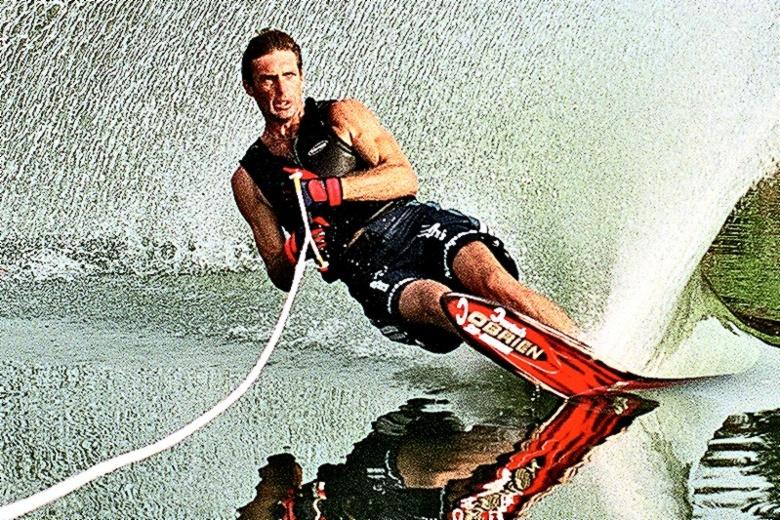The 10 Greatest Women’s Trick Skiers of All Time, Ranked
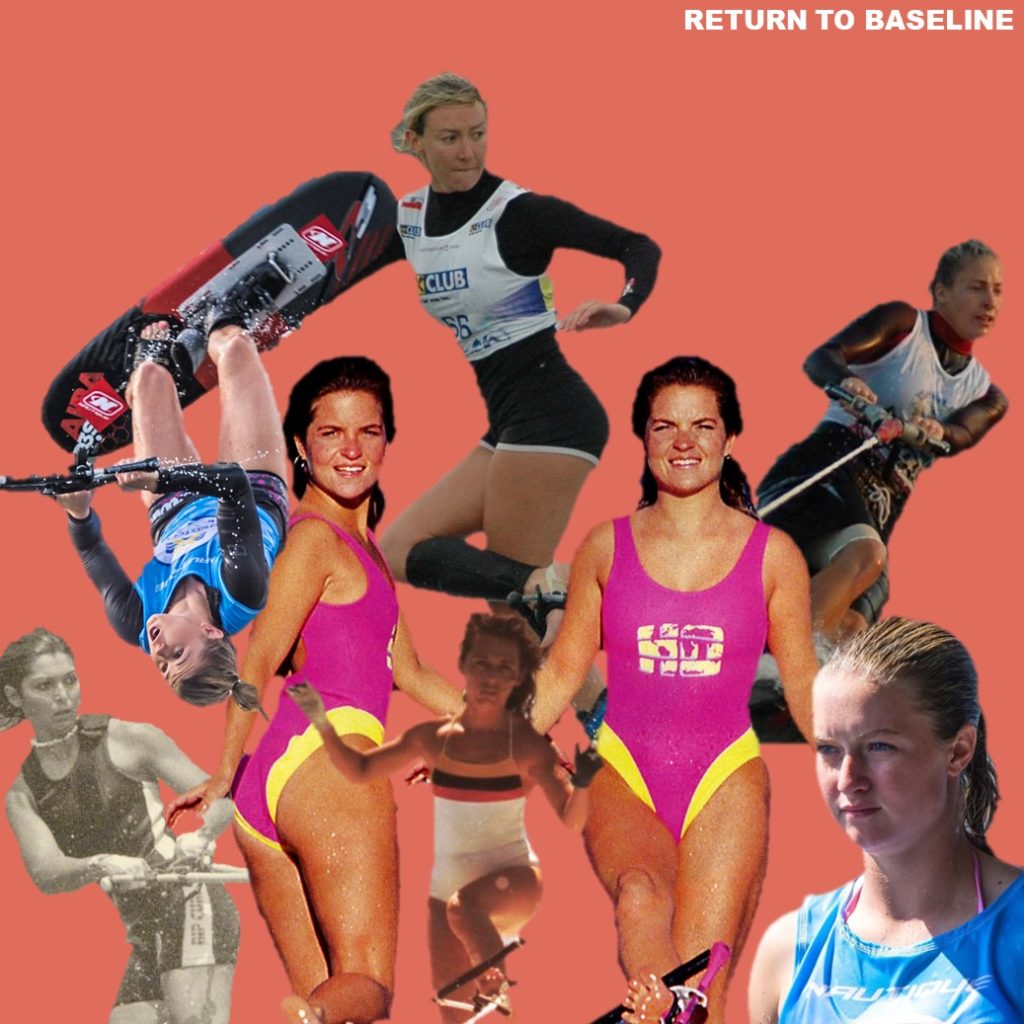
Ranking the best female trickers of all time.
Within the dynamic realm of trick skiing, a select group of female athletes have etched their names into the annals of the sport’s history. With a blend of unmatched performances on grand stages, record-shattering feats, and an unwavering commitment to their craft, these remarkable skiers have woven an unforgettable narrative. This article embarks on a journey through the rankings of trick skiing’s finest, illuminating their accomplishments and profound impact on the sport. Each woman’s extraordinary voyage and unparalleled achievements have solidified their positions as revered icons in the realm of trick skiing.
‘Greatest Of’ lists in any sport are inherently subjective and water skiing is no exception. There’s no definitive checklist to crown someone as the absolute best. Every fan out there has their own opinion. But decisions had to be made. We proudly present our picks for the 10 best female trick skiers in the history of competitive water skiing. So sit back, enjoy, and maybe even debate a little over our choices—after all, that’s the fun of it!
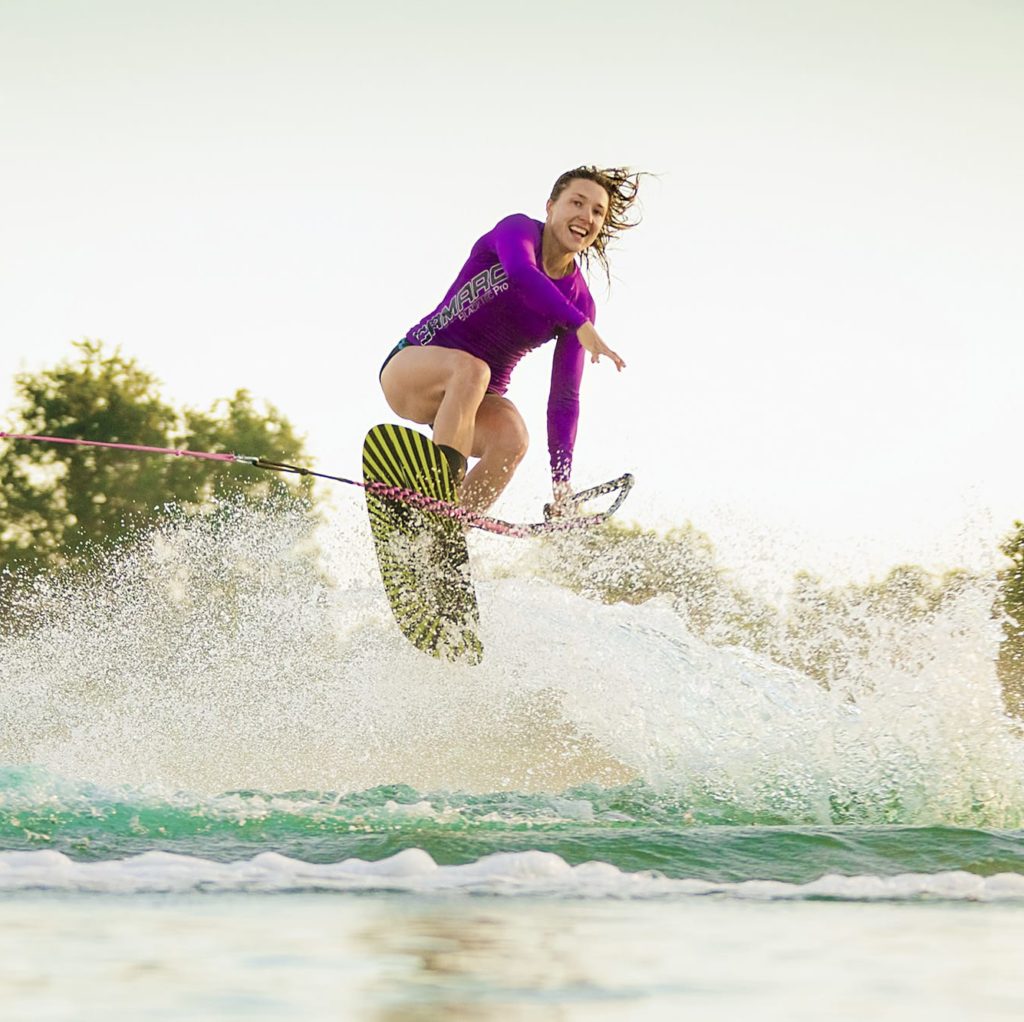
Image: Tiare Miranda
10. Natallia Berdnikava
Legend has it that a young Natallia was waiting in line to swim laps as part of her competitive swim training when she accidentally wandered into the shorter queue for cable trick skiing. After successfully getting up on her first attempt, the coach noticed her potential and pulled her into the Belarusian water ski program, setting her on a trajectory that would significantly alter the course of her life.
Although jump and overall were arguably her strongest events, Natalia picked up four World Championships trick medals between 2007 and 2017, including a runner-up finish in 2007 and being crowned world champion in 2011. She won the 2017 World Games, two U.S. Masters trick titles, and four Moomba Masters trick titles, including three consecutive victories from 2010 to 2012. She was the first woman to score 9,000 points in trick skiing, breaking the world record three times and coming agonizingly close to 10,000 with a personal best of 9,990 points.
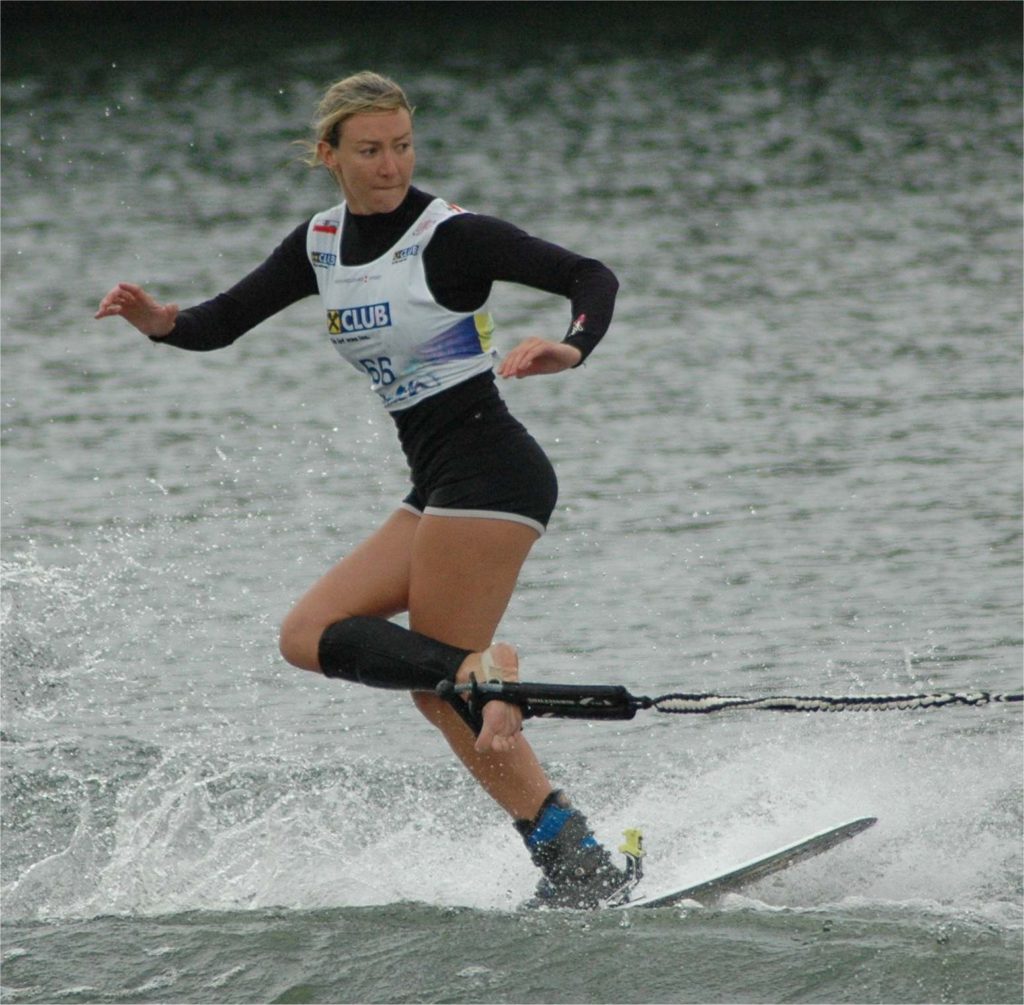
Clementine Lucine is the IWSF 2007 Female Athlete of the Year (image: IWSF)
9. Clementine Lucine
In 2011, the Frenchwoman made history by becoming the first woman to trick 10,000 points. This achievement was the culmination of a long and fruitful career. As a junior, she clinched trick and overall titles at the 1998 U17 World Championships. She continued her success, winning a total of eight medals at the Open World Championships between 2003 and 2013.
Clem broke the world record four times throughout her career. She picked up three World Championships medals in trick skiing, with her greatest success coming in 2007 when she won both the tricks and overall disciplines. She also won a U.S. Masters in 2006, a Moomba Masters in 2009, and the World Games in 2013. Clem had the benefit of her professional peak coinciding with the IWWF World Cup era, winning six world cup stops between 2005 and 2013, with a winning percentage of just over 33%.

Image: anamariacarrasco.com
8. Ana Maria Carrasco
The youngest of the legendary Carrasco sisters from Venezuela, Ana Maria featured on eight World Championship podiums between 1979 and 1989, including clinching the world trick title in 1981 and the world overall title in 1983. In total, she picked up four World Championships medals in the trick event. Competing at the inaugural World Games in 1981, she won took gold in tricks and overall. Ana Maria was also a four-time U.S. Masters champion, including three trick titles. She broke the world trick record five times through the 1980s, becoming the first woman to score 8,000 points in 1984. Ahead of her time in the trick event, her top score of 8,350 would only be exceeded by a handful of women over the next two decades.
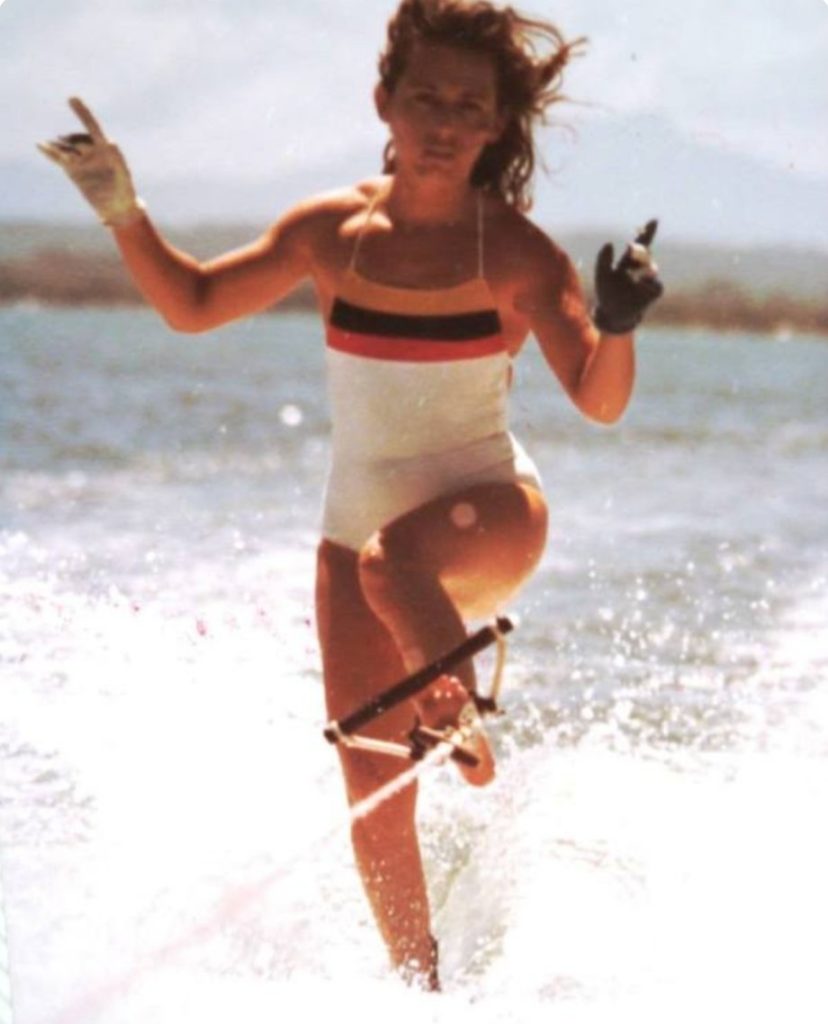
Image: @juanborrelli
7. Maria Victoria Carrasco
It’s easy to forget that during the 1970s, Venezuela was one of the most dominant forces in world water skiing, only narrowly losing to the United States in the team competition in 1977, with the world record holders Maria Victoria and Carlos Suarez winning both trick titles.
Maria Victoria made history by winning three consecutive World Championships from 1973 to 1977, becoming the first woman to achieve this feat in any discipline. Her prowess extended to the U.S. Masters, where she clinched victory three times. Throughout the 1970s, she broke the world record on four occasions, maintaining her hold on the record for nearly the entire decade. A pioneer of the sport, she significantly elevated the standard of women’s tricking from 4,000 points to her final record of 5,880 points in 1979.
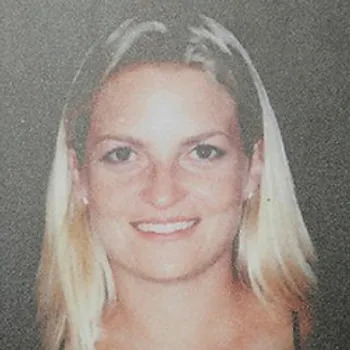
A 20-year Career of Consistent Trick Runs (image: USA-WWF)
6. Britt Larsen-Kovak
It feels almost cruel to separate the identical twins, especially when they were inducted into the IWWF Hall of Fame as a joint entry in 2009. Although not quite ascending to the same extraordinary heights as her sister, Britt showcased remarkable prowess in trick skiing, forming one half of the most dominant trick skiing duo in the sport’s history. The twins frequently performed nearly identical trick runs, with victory often hinging on their precision and speed of execution.
Britt featured on every World Championships podium from 1989 to 1999, earning two coveted gold medals in 1993 and 1997. Her achievements also included triumphs in three out of four stops on the short-lived 1987 U.S. Grand Prix of Water Skiing, along with four U.S. Open championships. During the mid-1990s, Britt had an exceptional run of form, edging ahead of her sister to secure a three-year consecutive streak of U.S. Masters victories from 1993 to 1995 and a 1994 Moomba Masters win.

Natalia Rumjantseva at the 1981 World Championships (image: Youtube)
5. Natalia Rumjantseva
Being a Soviet Union skier during the height of the Cold War, Natalia faced restricted opportunities to compete on the global stage, mostly limited to the World Championships. Despite these limitations, her intense rivalry with Ana Maria Carrasco throughout the 1980s significantly propelled the advancement of women’s trick skiing. From 1979 to 1993, Natalia secured three World Championships trick titles and achieved runner-up positions on three additional occasions. Notably, she broke the world record five times between 1979 and 1984, distinguishing herself as the first woman to surpass both the 6,000 and 7,000-point marks.
Had she been afforded the chance to participate in events like the U.S. and Moomba Masters, there is little doubt that Natalia could have secured an even higher position on this list.
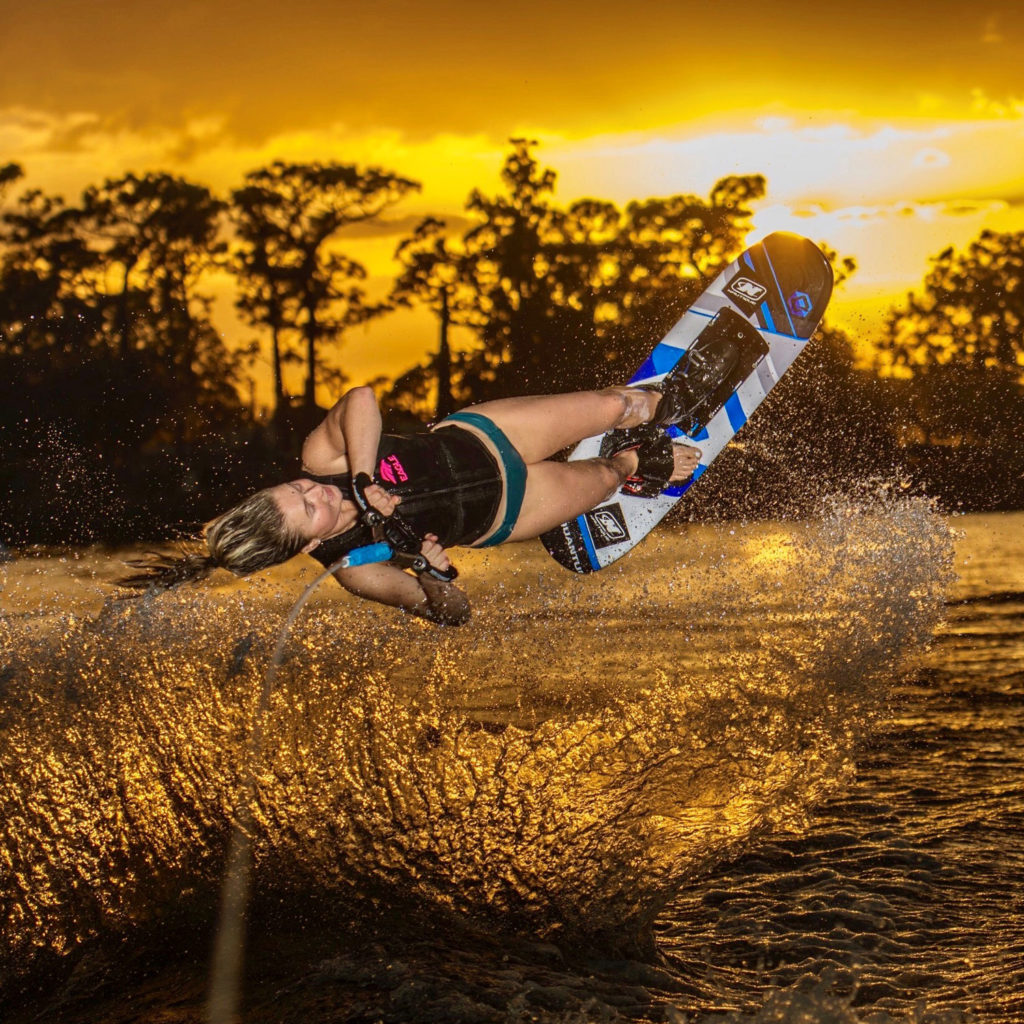
Image: UA News Center
4. Anna Gay
With a water ski pedigree that proudly boasts two U.S. National Champion trick skiers as parents, Anna was always destined for greatness. She ascended to the summit of the elite ranks in 2015, securing victories at the U.S. Open and the World Championships. This accomplishment was followed by an undefeated season in 2016, where she claimed triumphs at the Moomba Masters, U.S. Masters, and successfully defended her U.S. Open title. As the pinnacle of her achievements that year, she broke the world record, a feat she would replicate once more and uphold for two years.
Anna’s accolades also include consecutive U17 World Championships in 2014 and 2016, along with successive U21 World Championships in 2017 and 2019, culminating in an overall victory at the latter competition. In aggregate, she is a three-time open world champion, a two-time U.S. Masters and Moomba Masters champion, and stands among a select group of three women who have achieved trick scores surpassing 11,000 points.
Still in her early 20s, Anna has the potential to ascend even higher on this list if she continues her current trajectory.
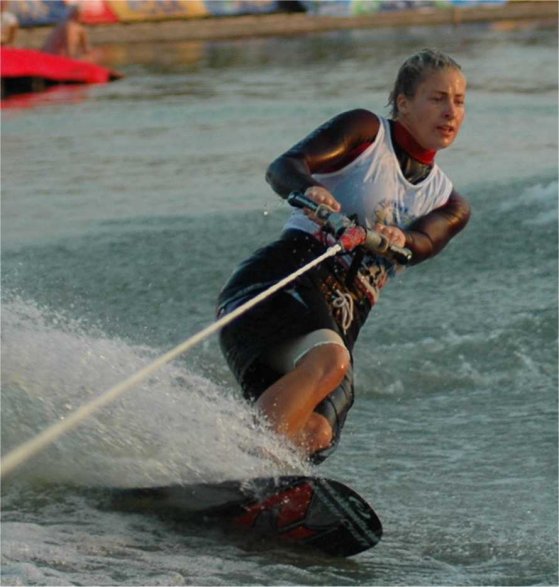
Mandy Nightingale competing at an IWWF World Cup Stop in Changshu, China (image: IWSF)
3. Mandy Nightingale
The most dominant female tricker during the golden era of professional trick skiing. Her first major victory came at the 1994 U17 World Championships. However, it was in the 2000s that she ascended to the pinnacle of the elite ranks.
She clinched consecutive World Championships in 2003 and 2005, maintaining a presence on every World Championship podium from 2003 to 2007. Mandy was also a four-time U.S. Open champion and triumphed at the U.S. Masters in 2003 and 2005. In 2006, she broke Tawn Larsen’s seemingly unbeatable world trick record, which had endured for seven years, making it the longest-standing women’s trick record. Perhaps most remarkably, during the period when women’s tricking boasted the largest cash prizes, Mandy emerged victorious in over 50% of IWWF World Cup stops between 2005 and 2009, finishing on the podium in all but two World Cup stops she competed in.
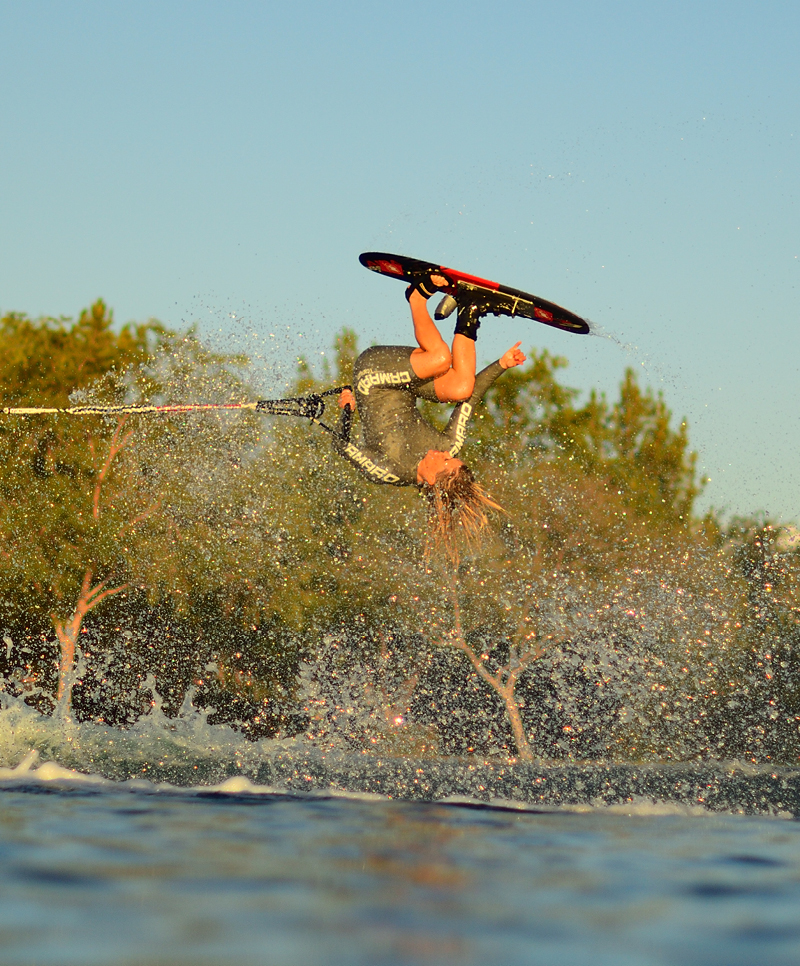
Image: Camaro
2. Erika Lang
A top-level competitive gymnast during her teenage years, the Arizona native exhibited her remarkable talent from an early age. Erika had a golden run in 2013, clinching victory in both the trick and overall disciplines at the U17 World Championships, and despite her diminutive frame, she narrowly missed securing the slalom title, finishing second in a runoff. Within the same year, she won the Moomba Masters, an IWWF World Cup stop in Mandurah, and the Open World Championships. Adding the icing on the cake, she finished the season by breaking her first world record—becoming only the second woman to reach 10,000 points.
Erika has since elevated women’s skiing to new heights, revolutionizing the sport. Her flipping ability rivals that of the leading male skiers and has transferred into success on the professional wakeboard circuit. She has broken the world record a total of seven times, holding the record for eight of the past ten years. Over the last decade, she has extended the record from a little over 10,000 points to her current mark of 11,360 points.
Thriving in a field of fierce competition, Erika boasts a winning rate just shy of 50% in professional tournaments since her breakout season in 2013. Her accomplishments include five Moomba Masters titles, four U.S. Masters championships, and a U.S. Open victory. On the global stage, she has also earned the title of U21 world champion, Pan American Games champion, and her achievements encompass podium finishes at the Open World Championships in 2017, 2021, and 2023, finally clinching a second world title at the latter event. Erika’s groundbreaking performances have undeniably redefined the landscape of women’s trick skiing.
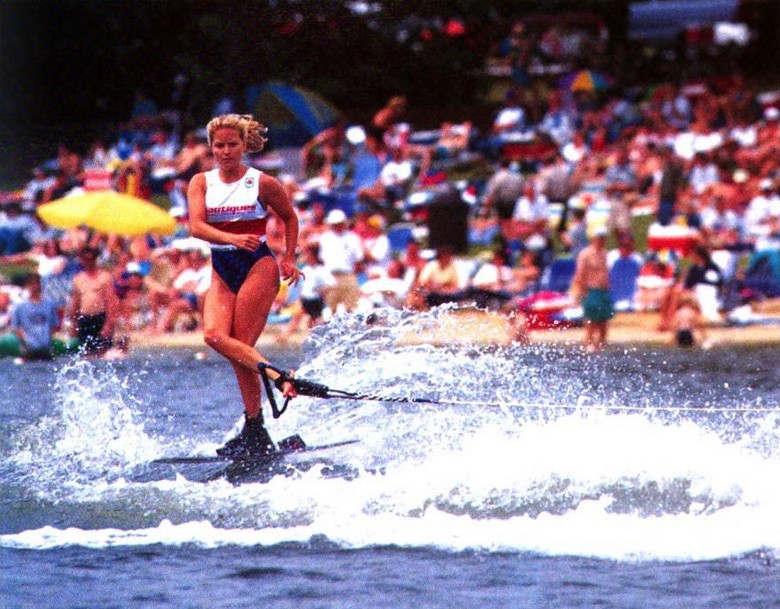
Image: WATERSKI Magazine
1. Tawn Larsen-Hahn
In the realm of water skiing, many remarkable siblings have left their mark over the years. Families like the LaPoints, Duvalls, Roberges, Llewellyns, McClintocks, and Carrascos have taken turns dominating the sport. However, few siblings can rival the sustained supremacy held by the Larsen twins in women’s trick skiing during the late 1980s and 1990s. Over their two-decade-long career, it was Tawn Larsen who ultimately emerged as the preeminent trick skier in the world. Talented from a young age, she clinched her first Open Women’s title at the U.S. Nationals in 1985, followed by victory at the inaugural U17 World Championships in 1986.
The twins exerted an iron grip on the World Championships, with one of them triumphing in every event from 1989 to 1999. Tawn missed the podium only once during this ten-year period, winning four gold medals in 1989, 1991, 1995, and 1999, along with a runner-up finish to Britt in 1997. At the U.S. Masters, the sisters experienced defeat just once from 1989 to 2000, with Tawn securing victory seven times—more Masters’ trick titles than any other woman. Additionally, she claimed eight U.S. Open titles, won multiple stops on the Budweiser Water Ski Tour, and dominated on the Women of Waterskiing Tour in the late 1990s.
Among her remarkable feats, Tawn’s tenure as the world record holder stands out. She held the record for an astonishing 18 years, which remains the longest streak in the sport’s history. She broke the record four times between 1988 and 1999, solidifying her status as a trailblazer in women’s trick skiing.
Honorable Mentions:
Neilly Ross
Unbeaten throughout 2017, she secured titles at the Moomba Masters, U.S. Masters, and the U17 and Open World Championships. She holds the distinction of being a two-time U.S. and Moomba Masters champion, and is one of only three women to achieve over 11,000 points in trick skiing.
A victim of the most competitive field in the sport’s history, Neilly only narrowly misses the top 10. However, at just 22 years old, we anticipate her ascending the ranks as her career advances.
Whitney McClintock Rini
In 2009, she clinched victories in slalom, tricks, and overall at both the U21 and Open World Championships. Additionally, Whitney secured three consecutive U.S. Masters trick titles from 2009 to 2011.
Karen Bowkett Neville
Best known for her achievements in the overall event, trick skiing stood out as Karen’s strongest discipline. She earned a runner-up position in the tricks category at the 1985 World Championships and dominated the Moomba Masters throughout the 1980s, accumulating numerous trick titles.
Marina Doria & Dany Duflot-Privat
These Europeans are both two-time world champions, dominating the sport in the 1950s and early 1960s.
